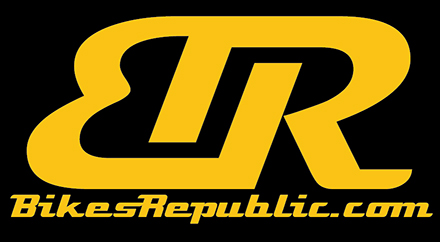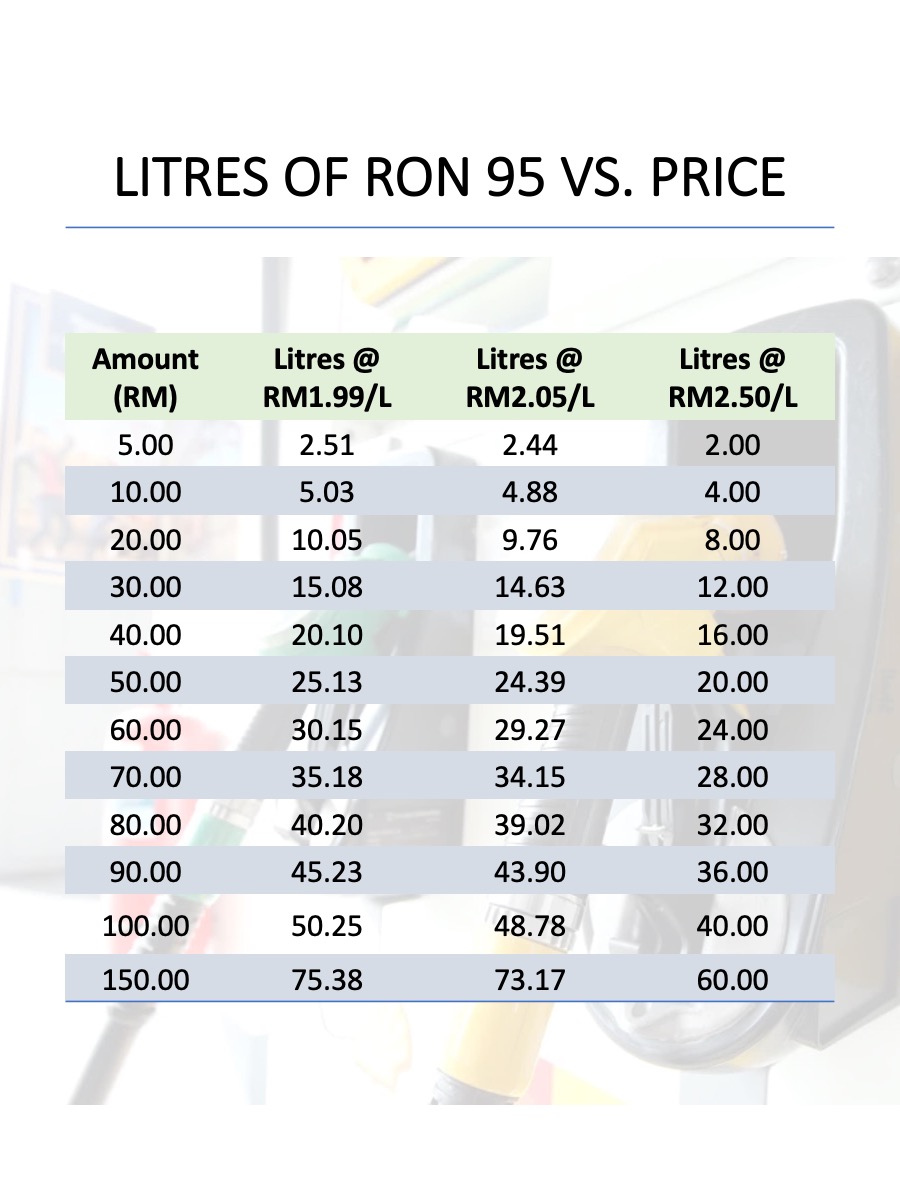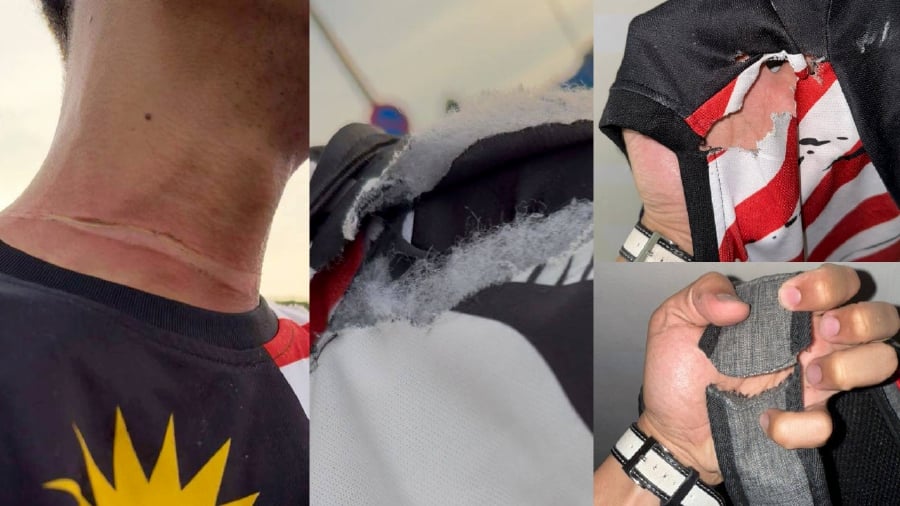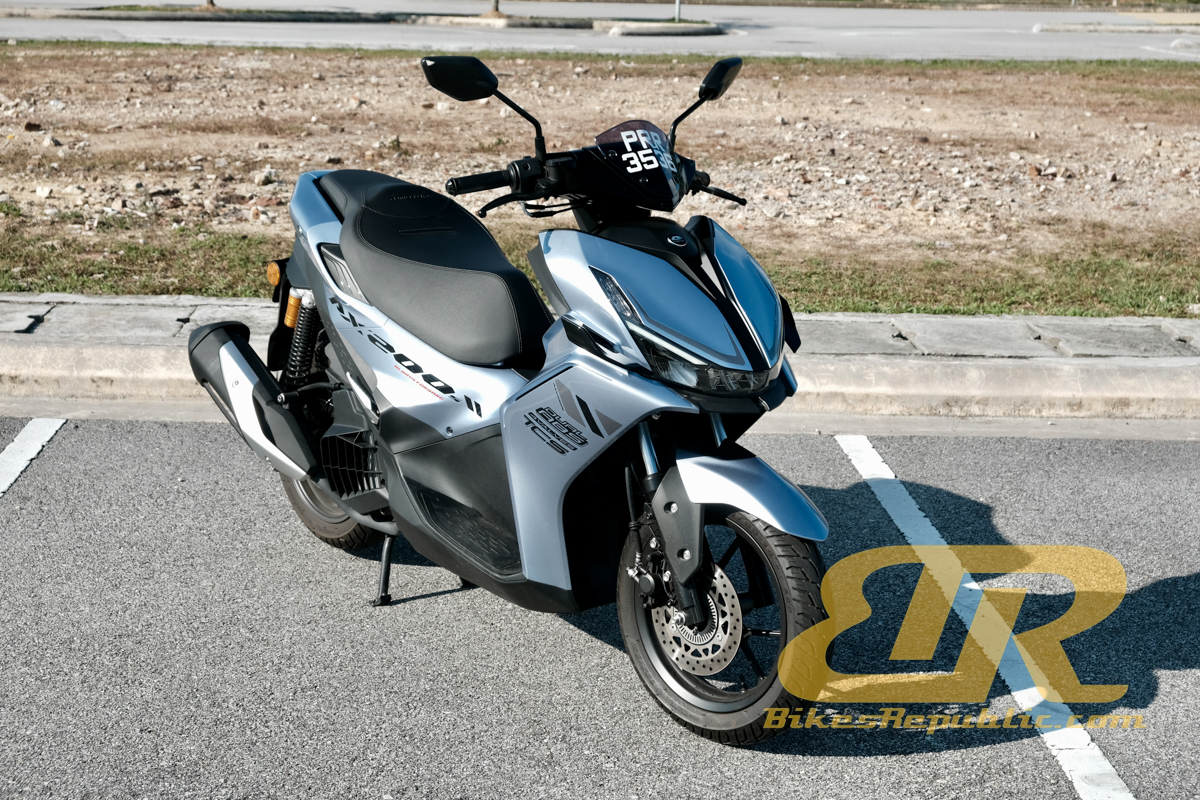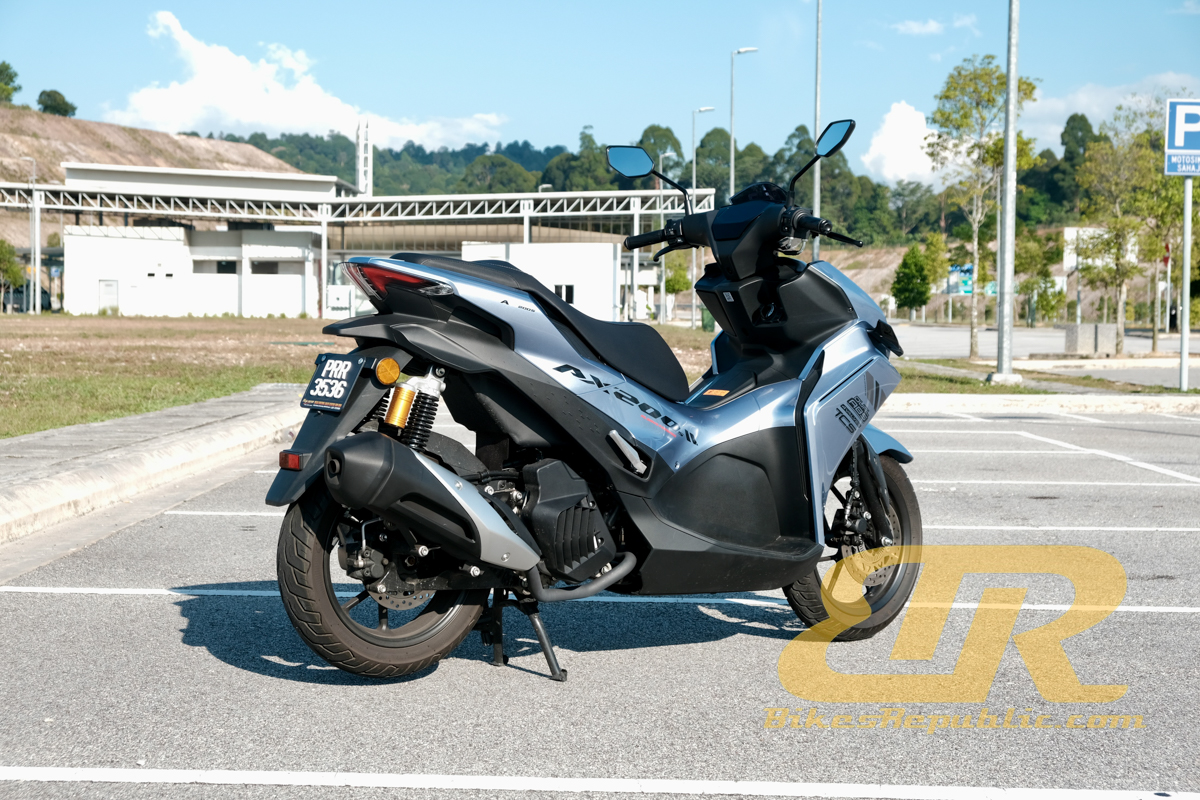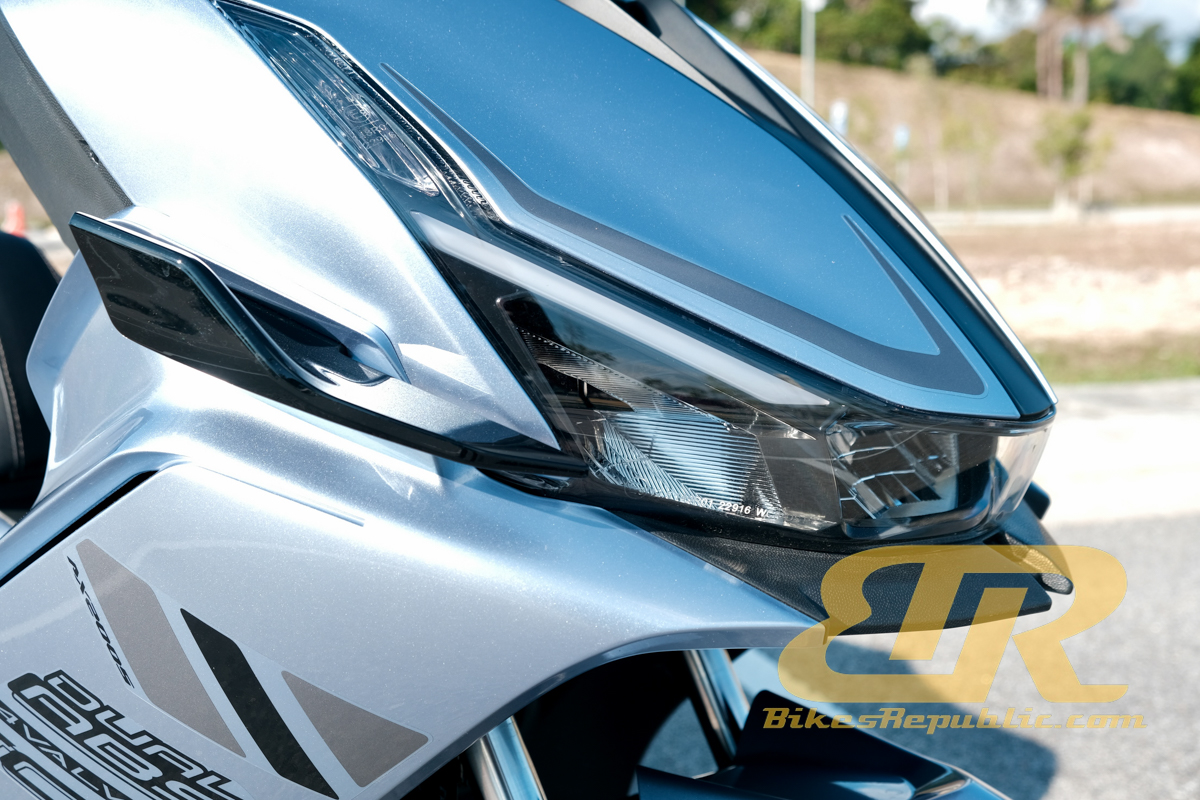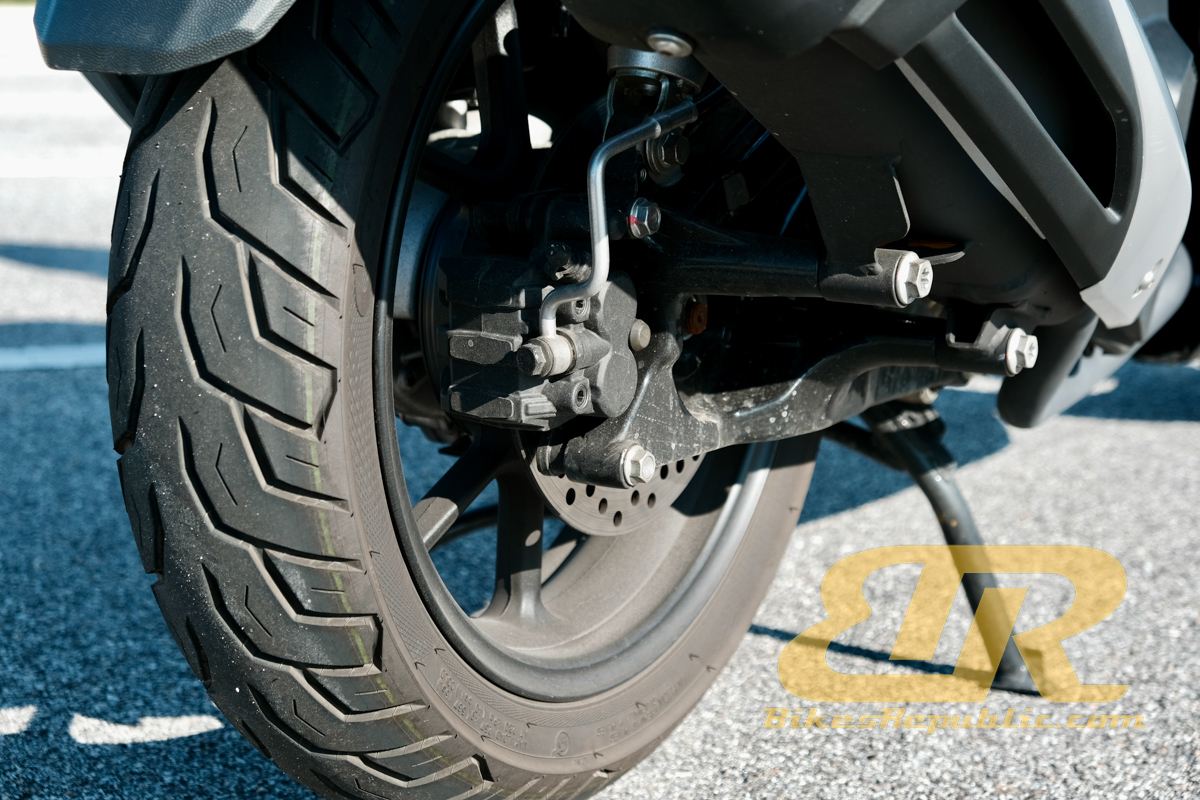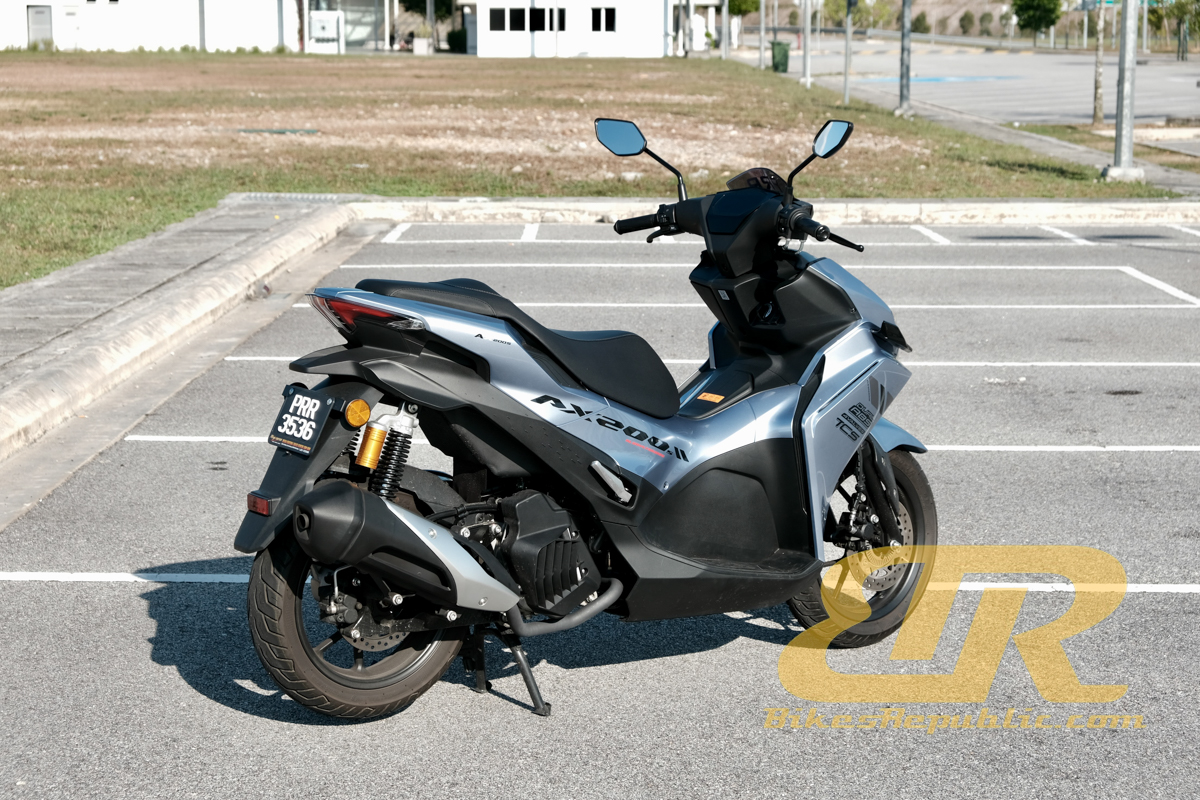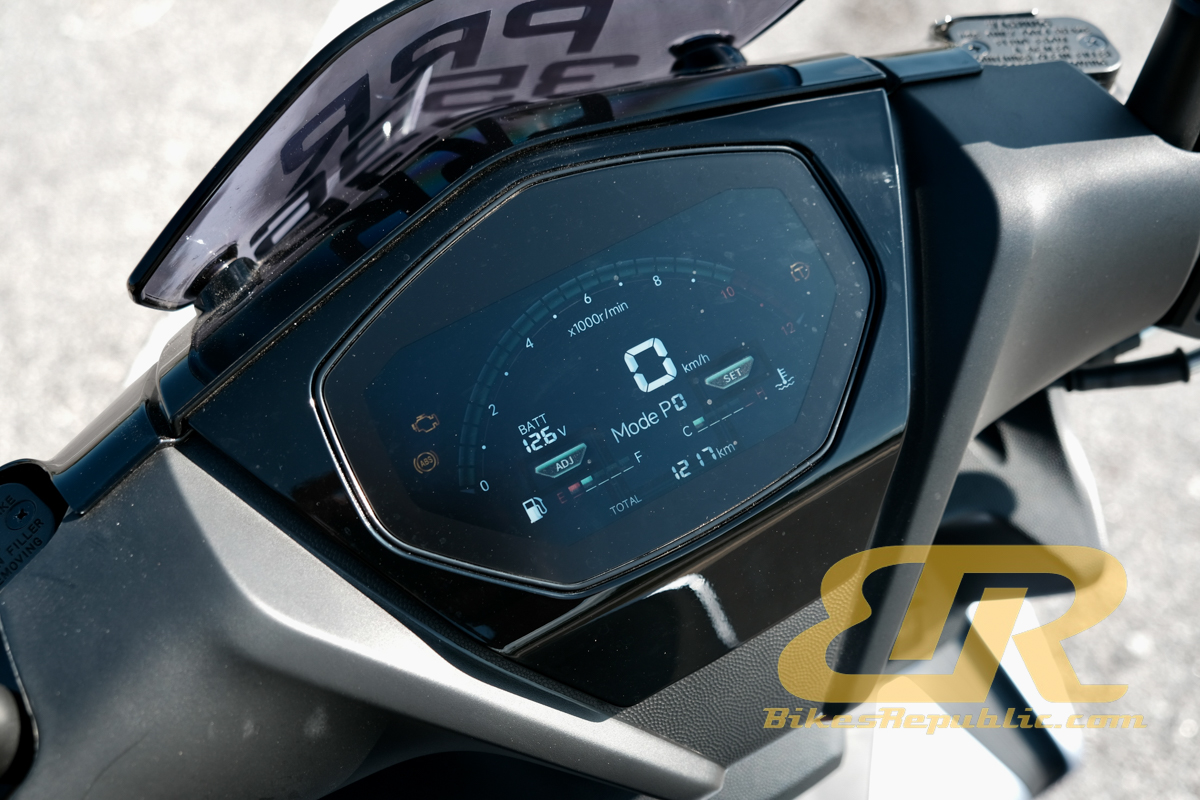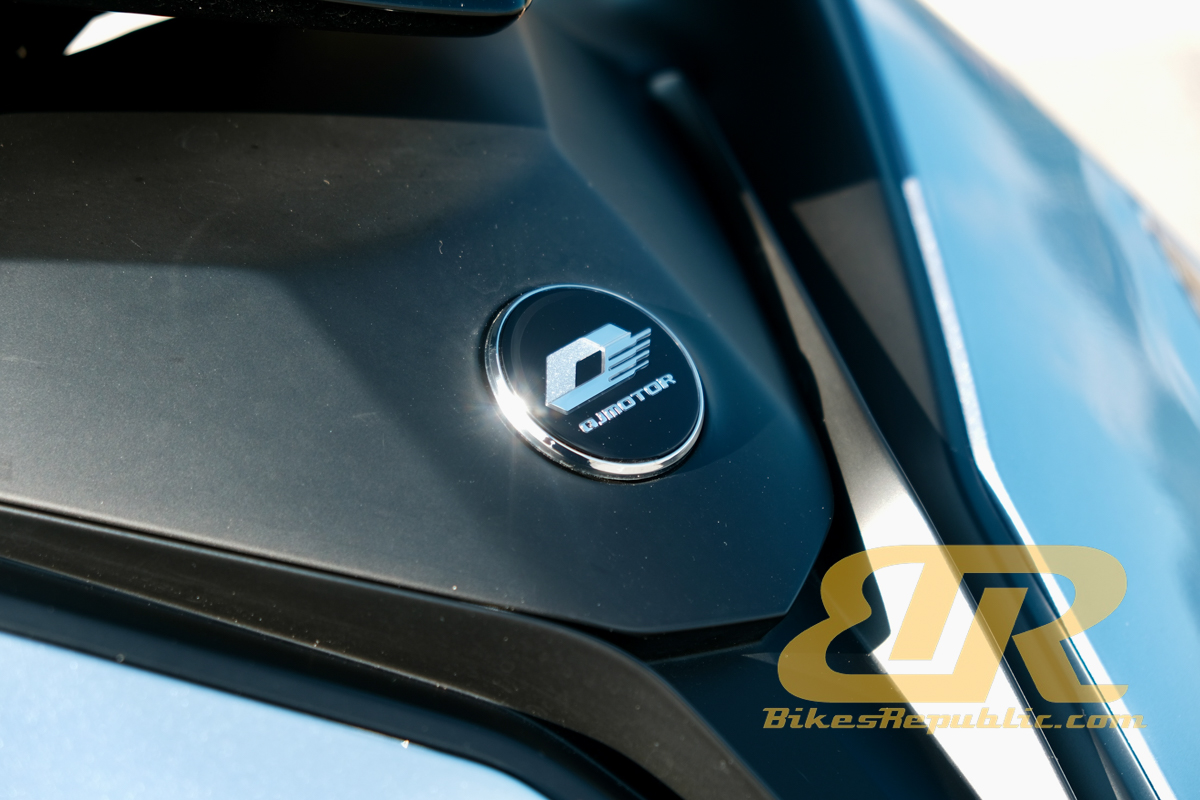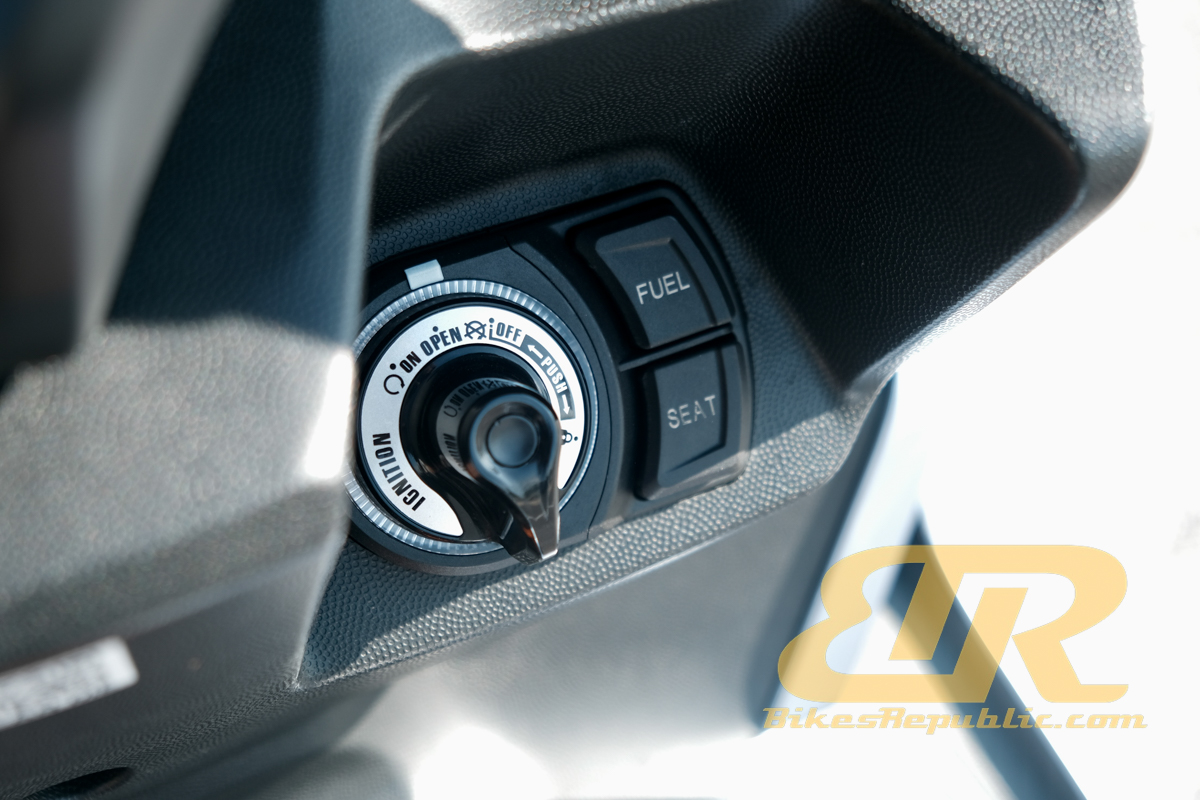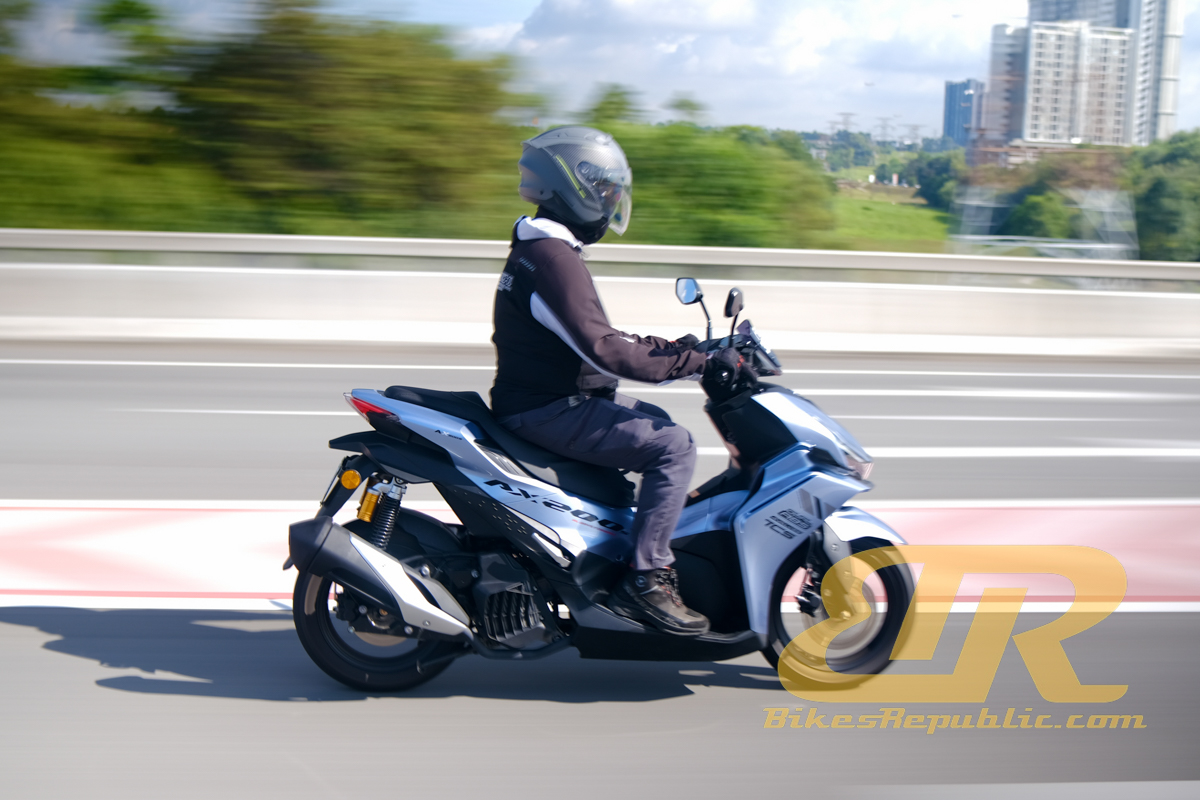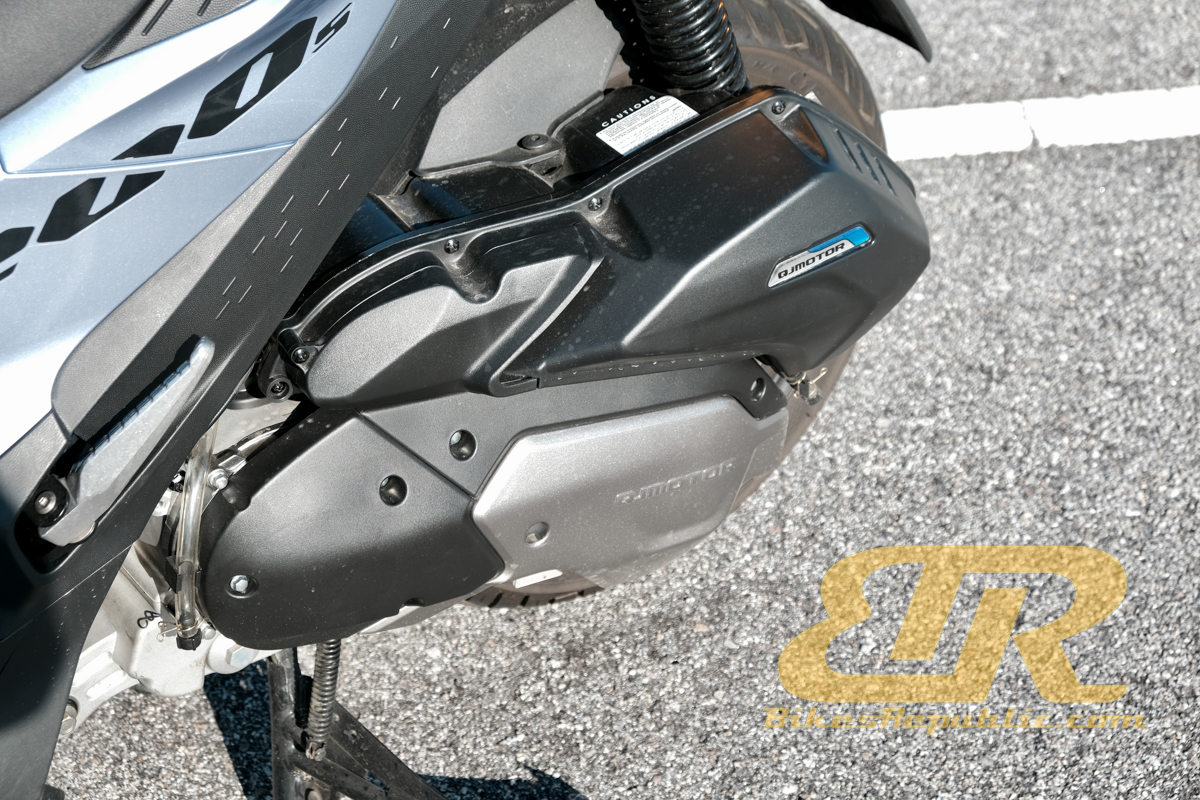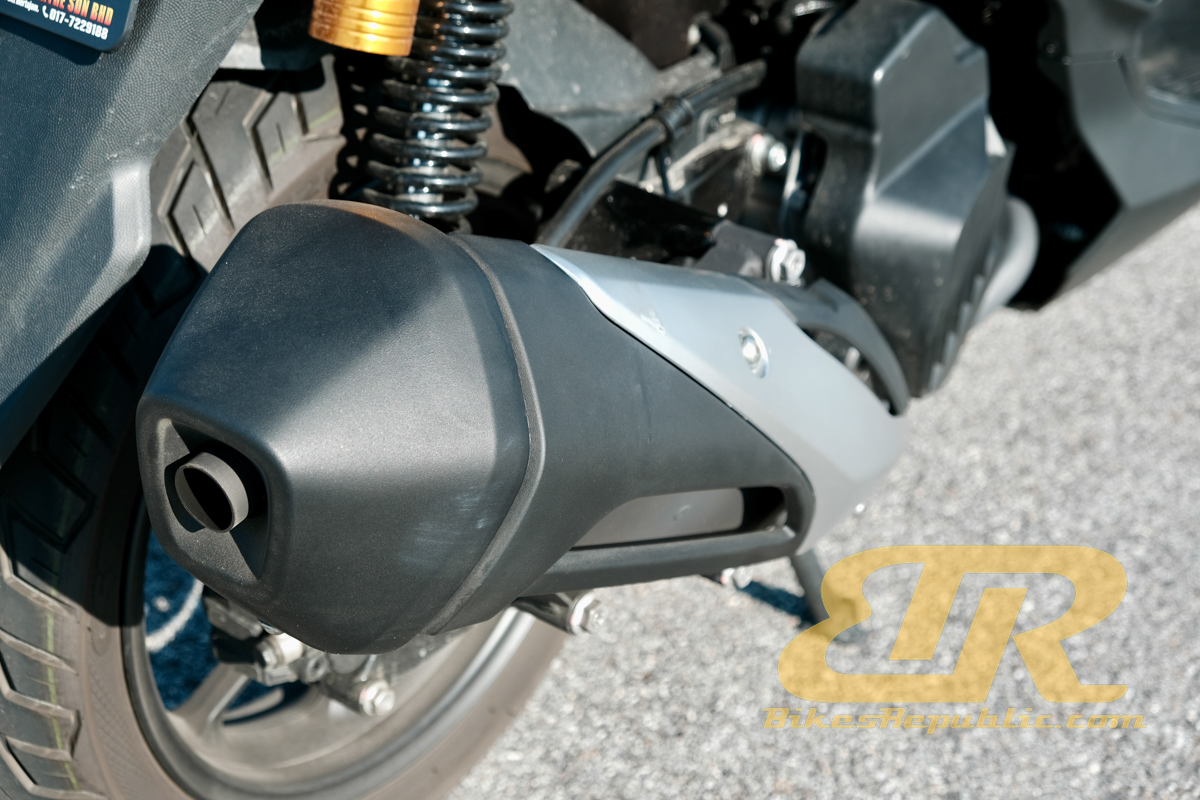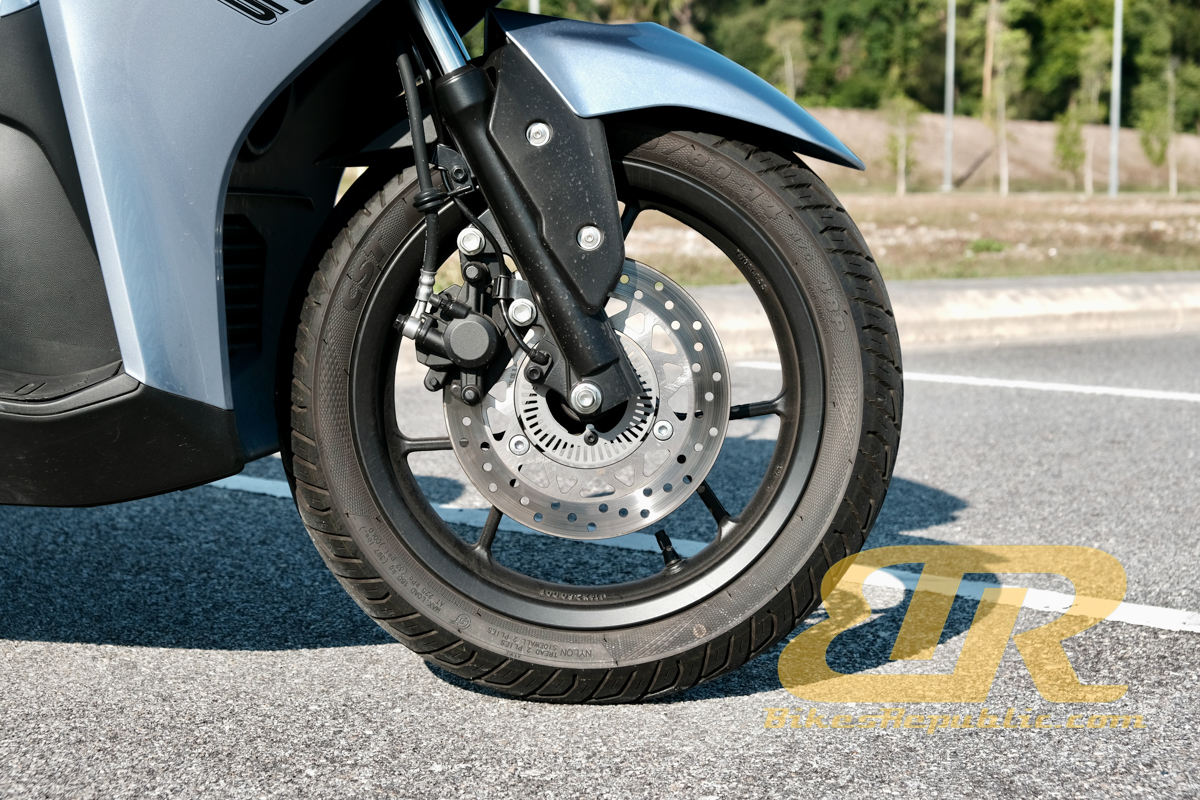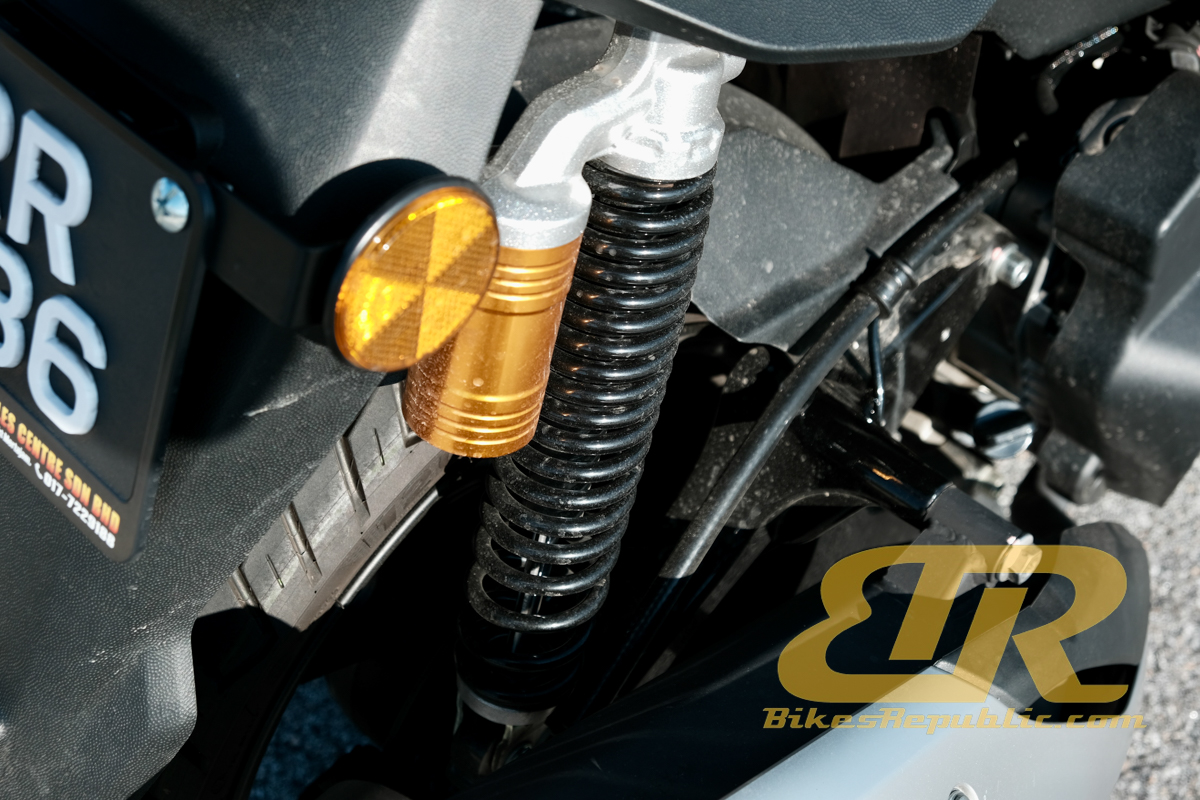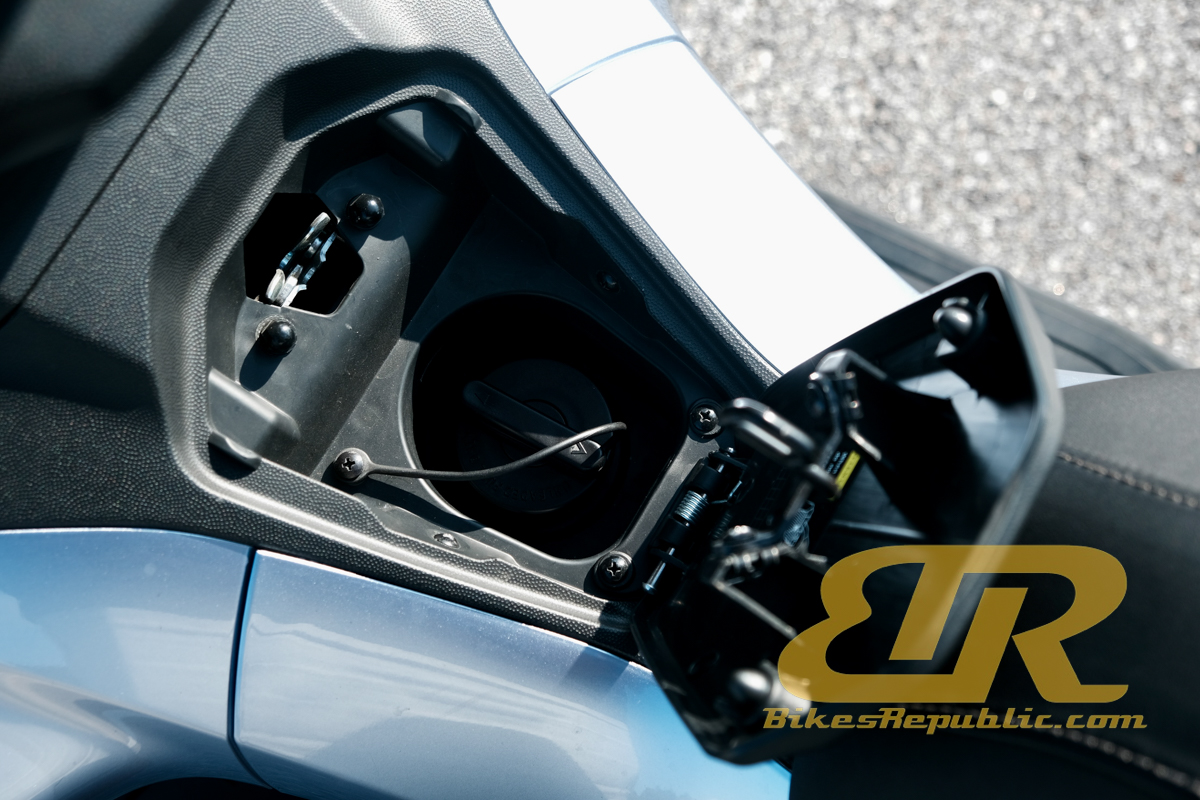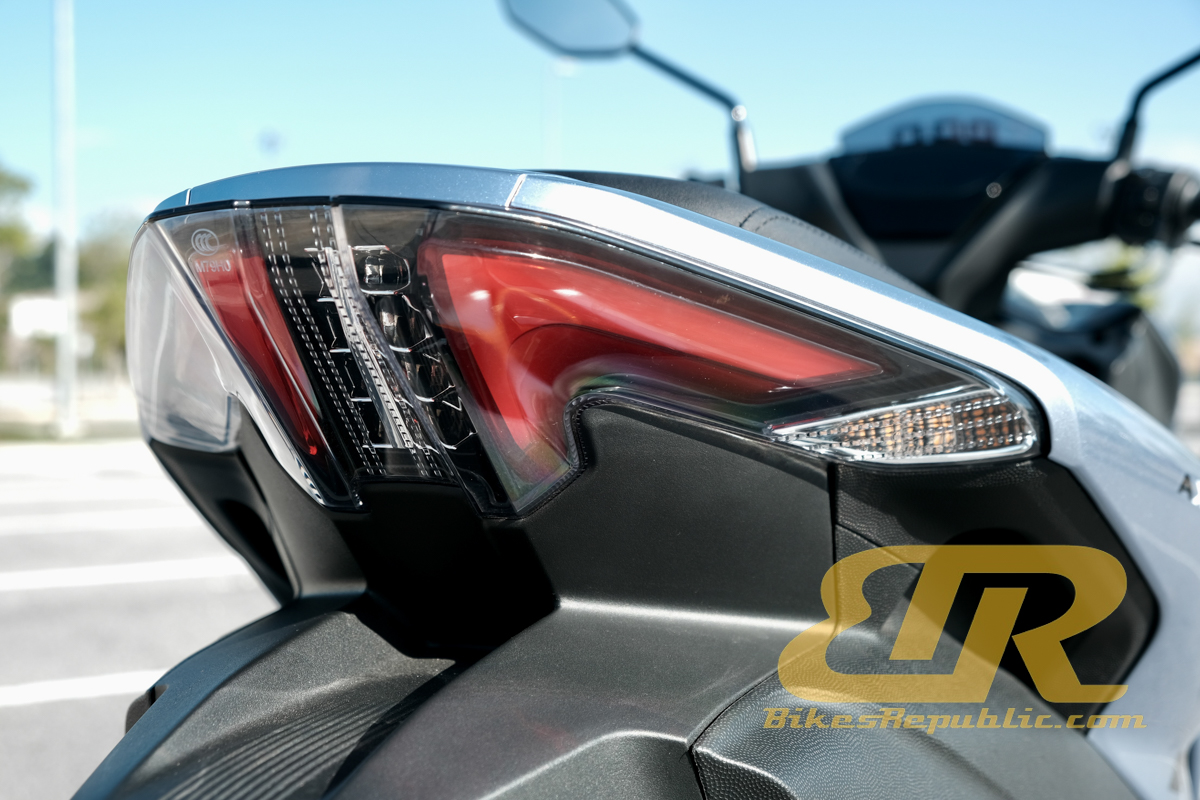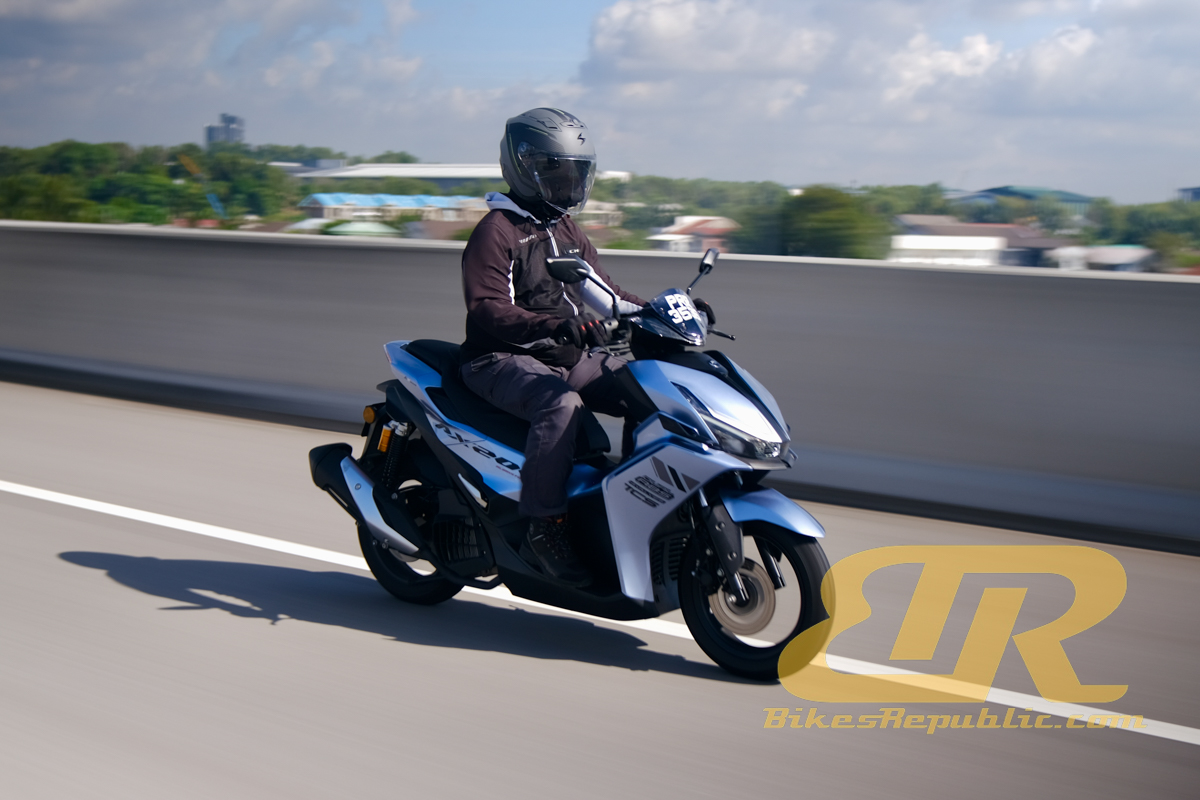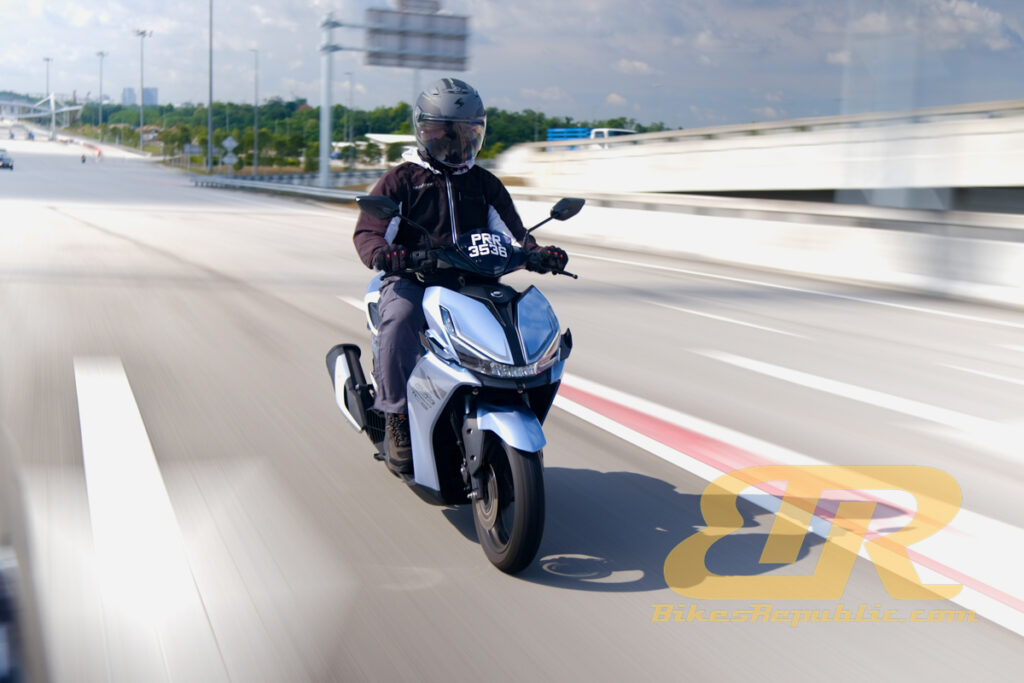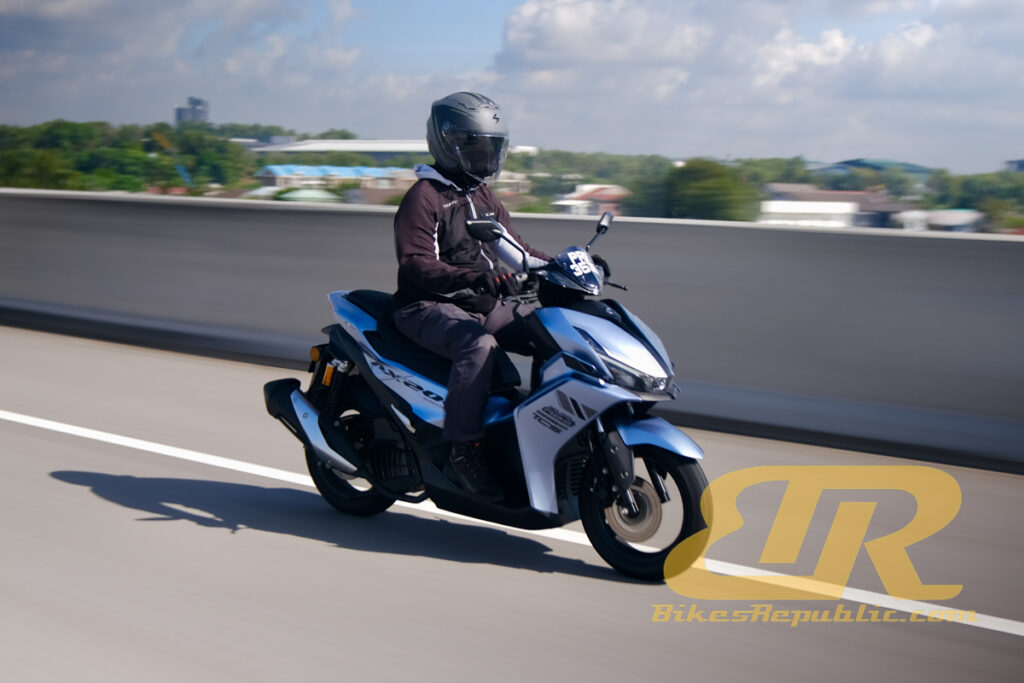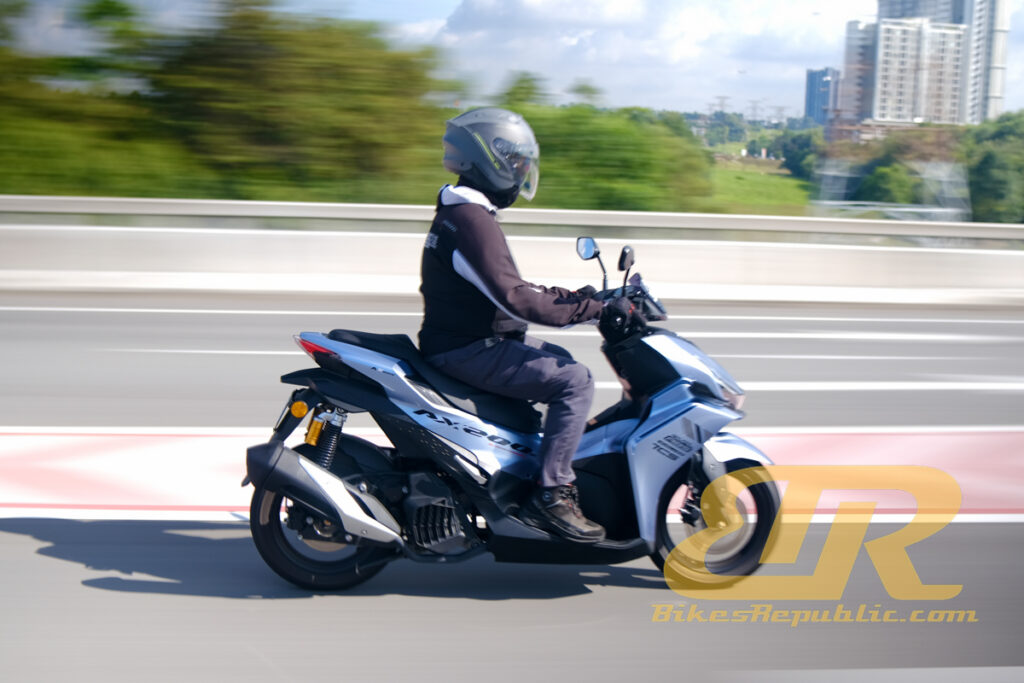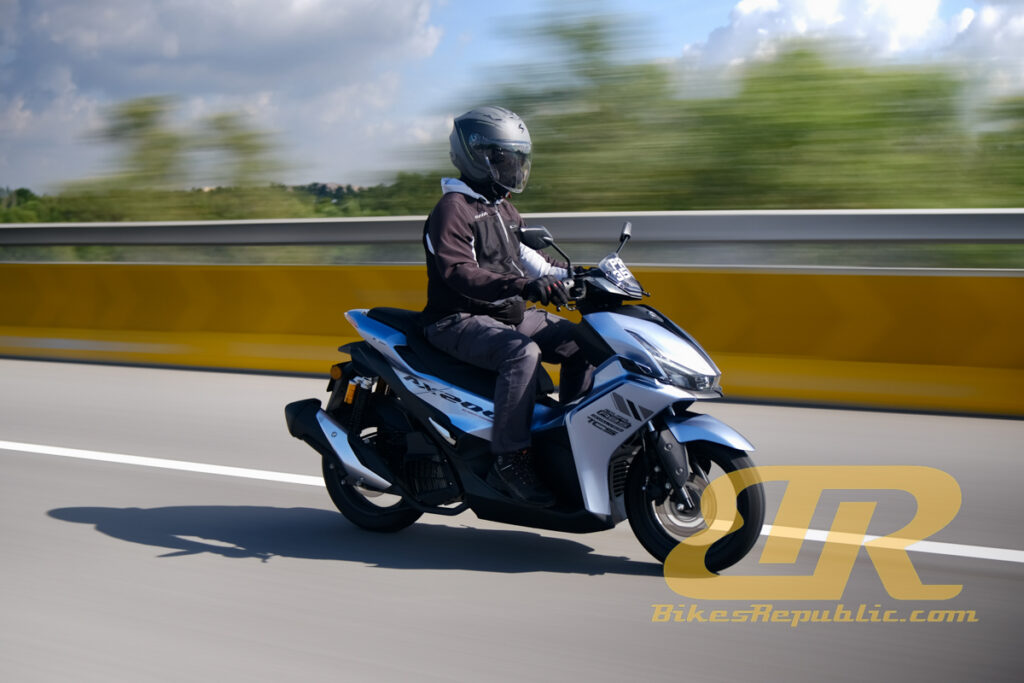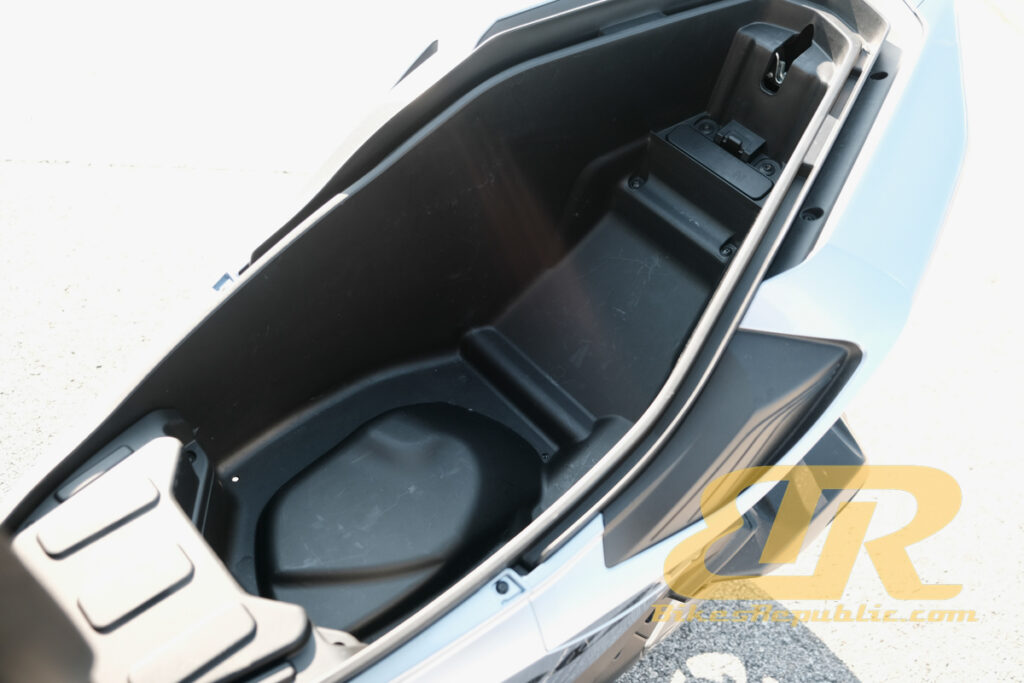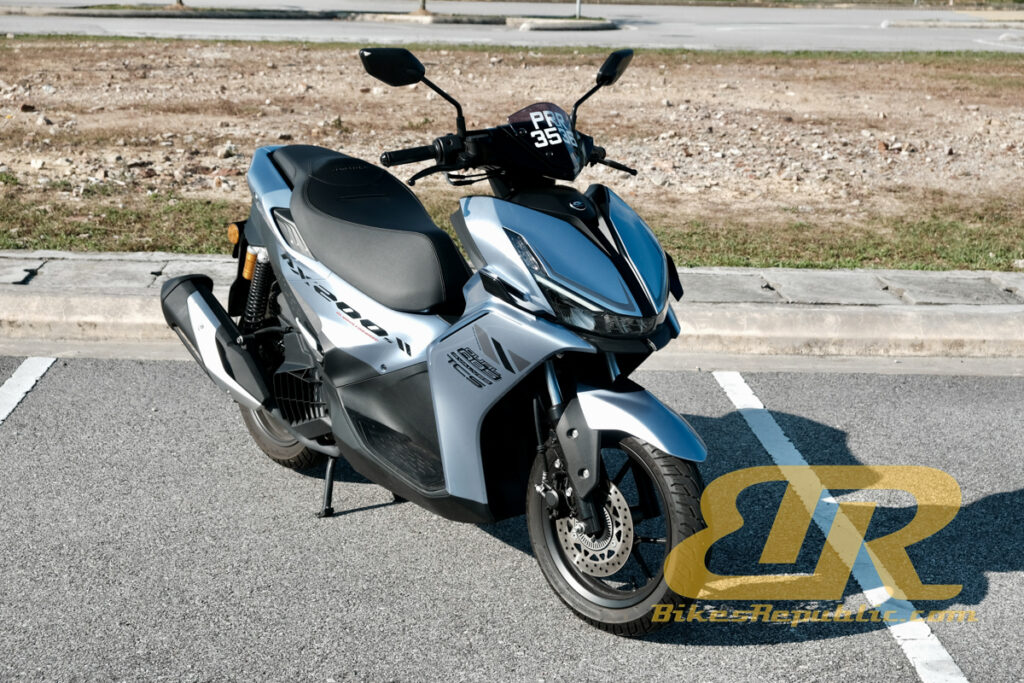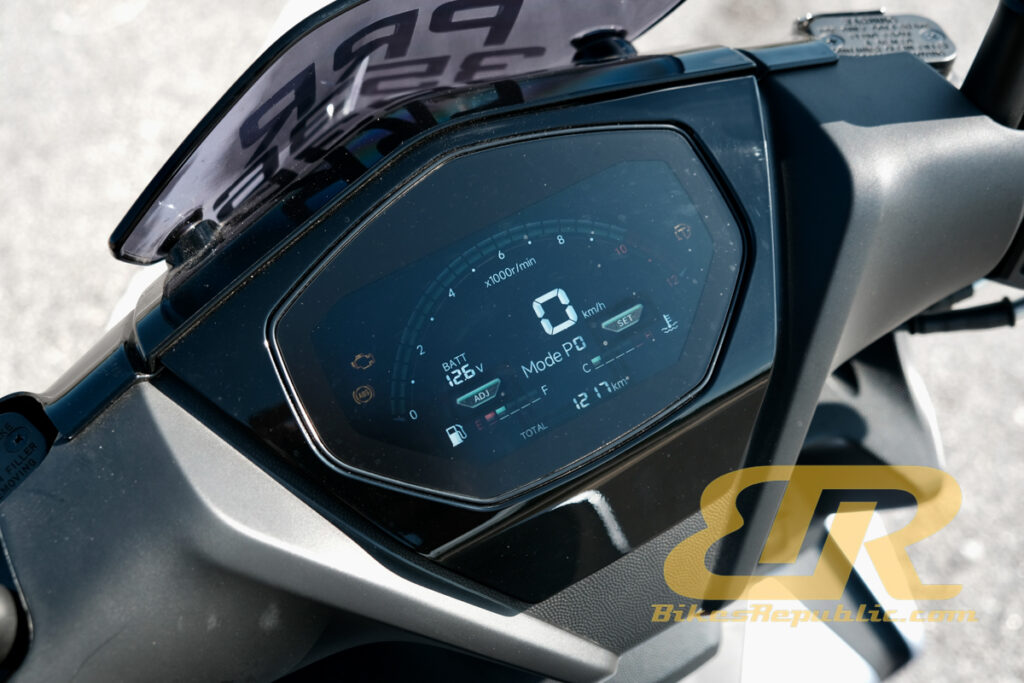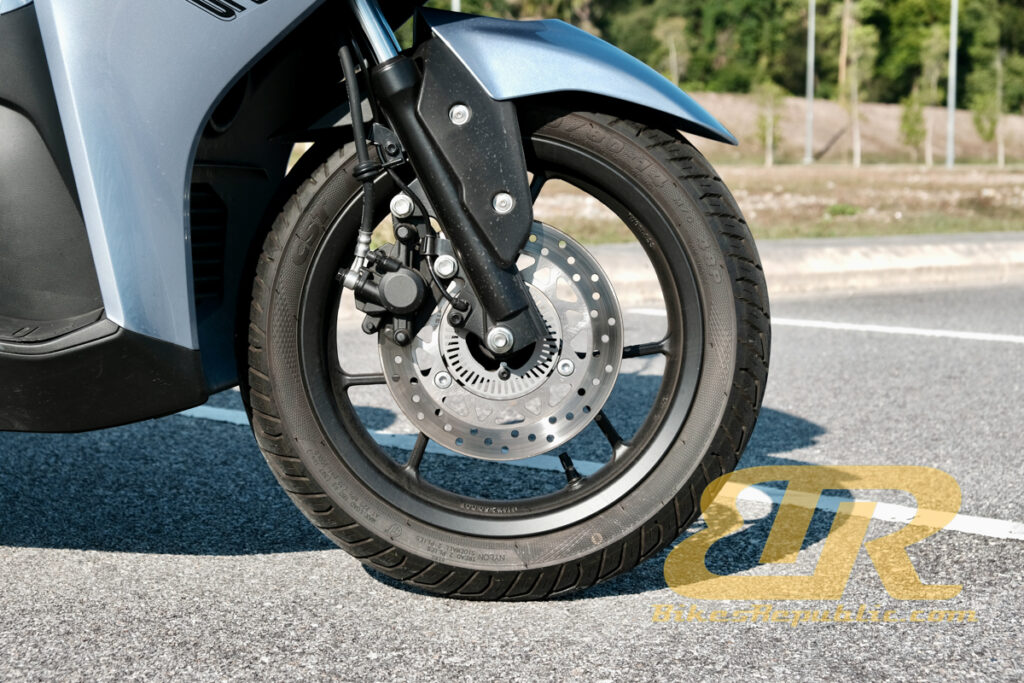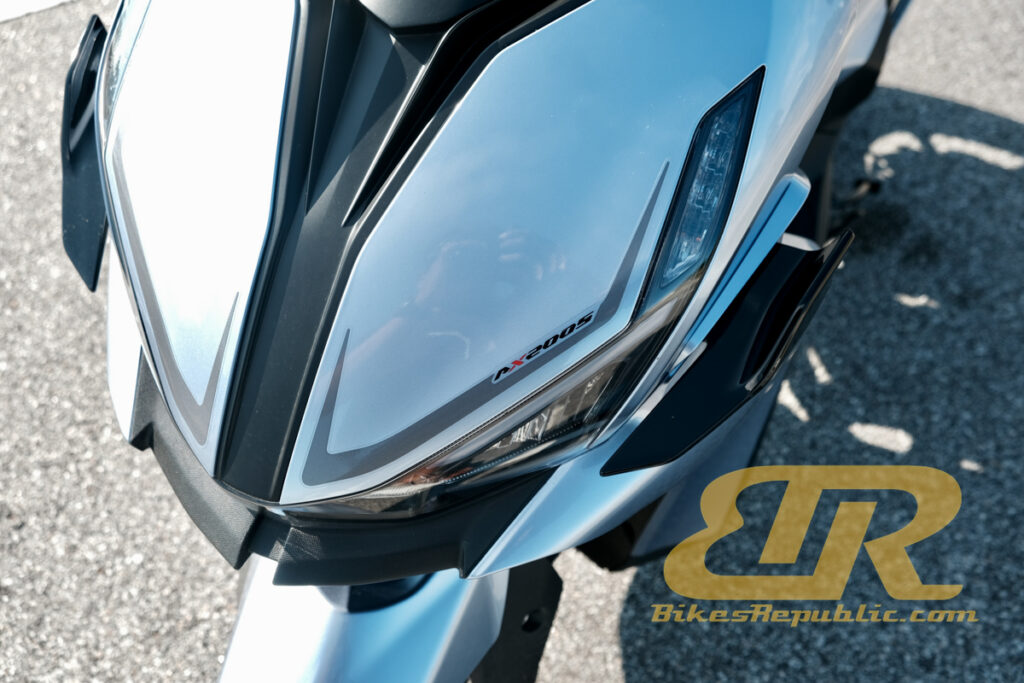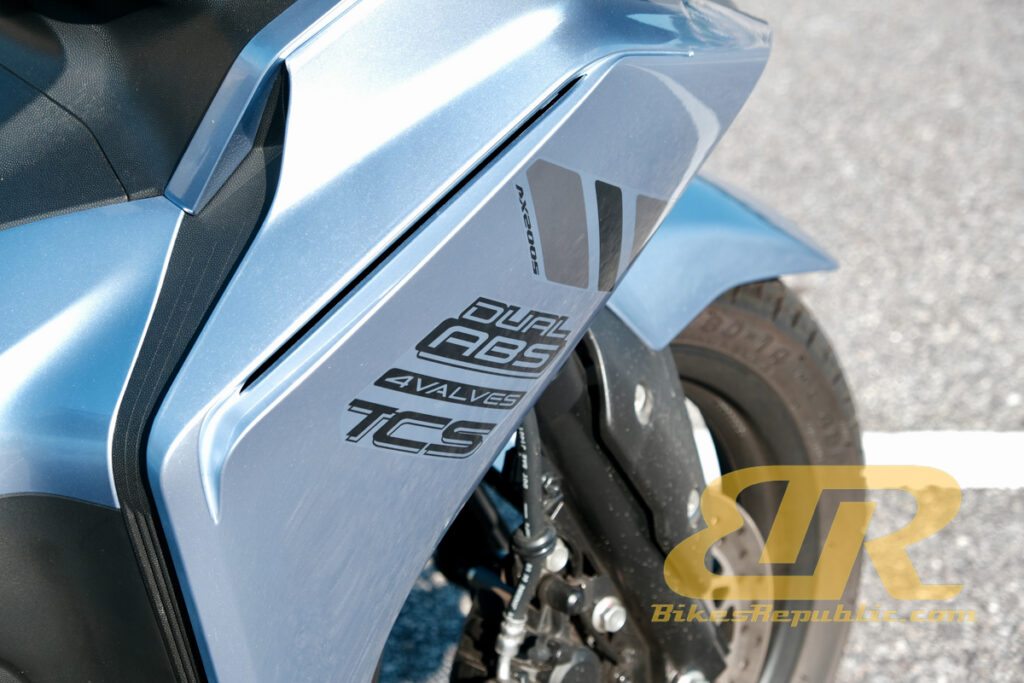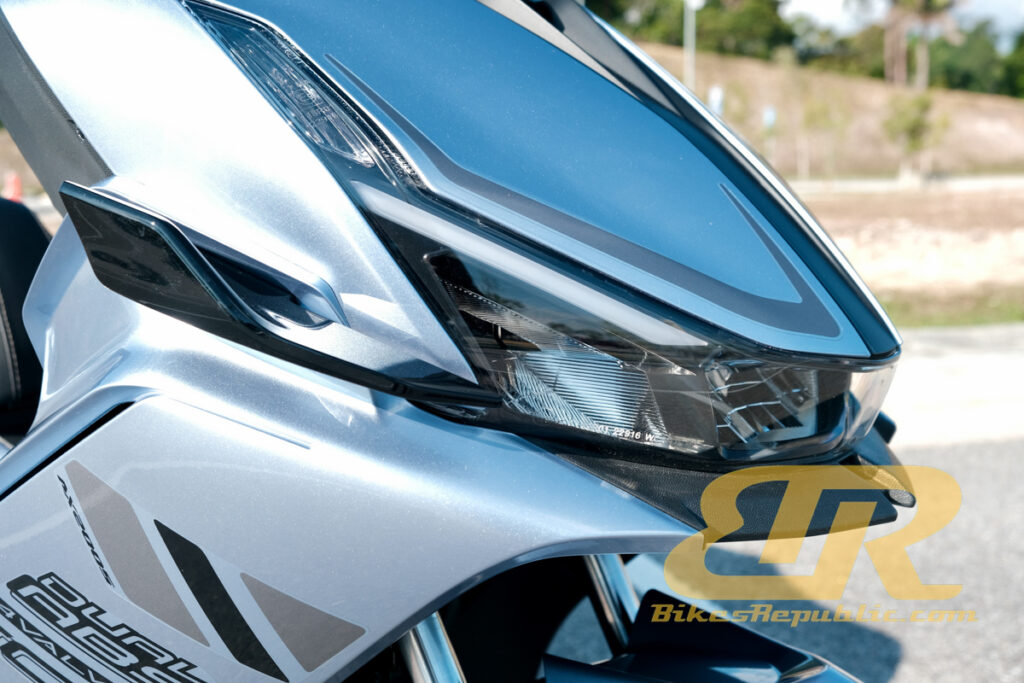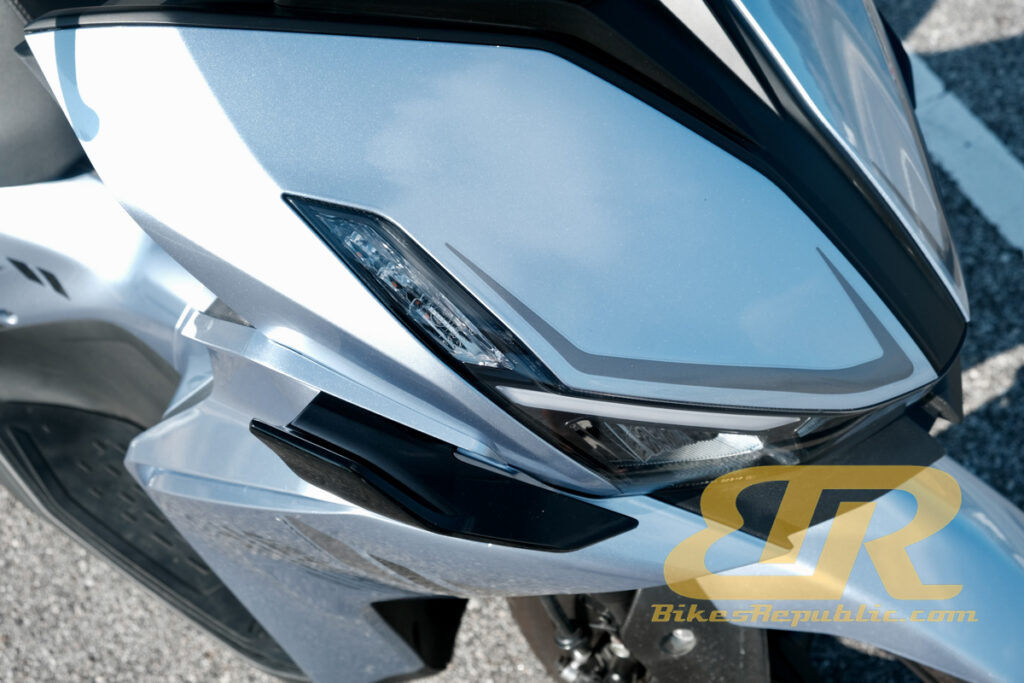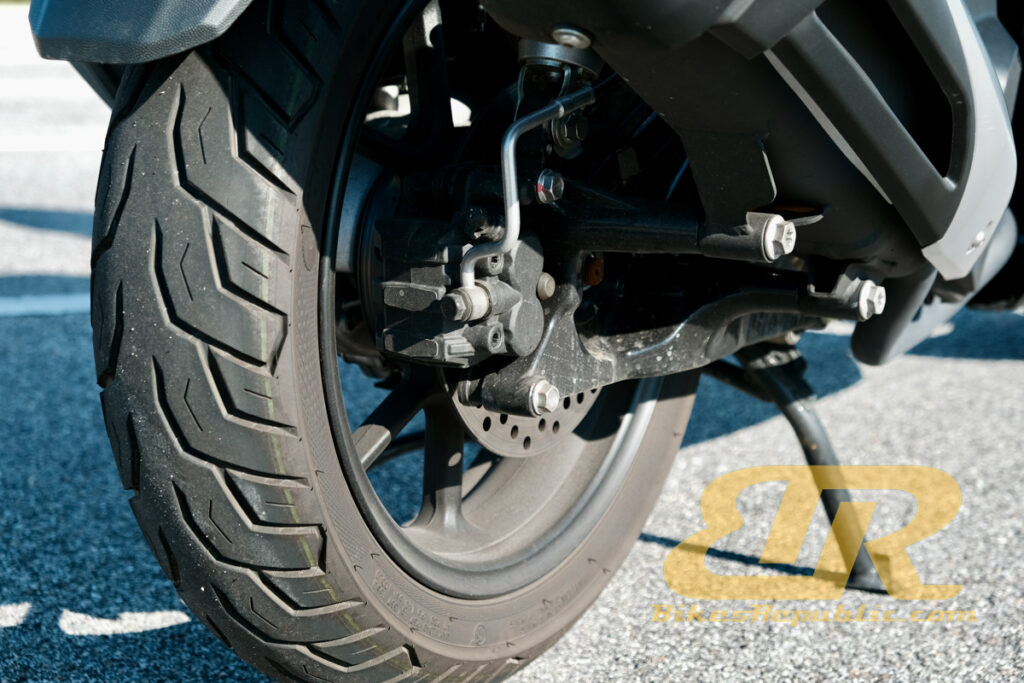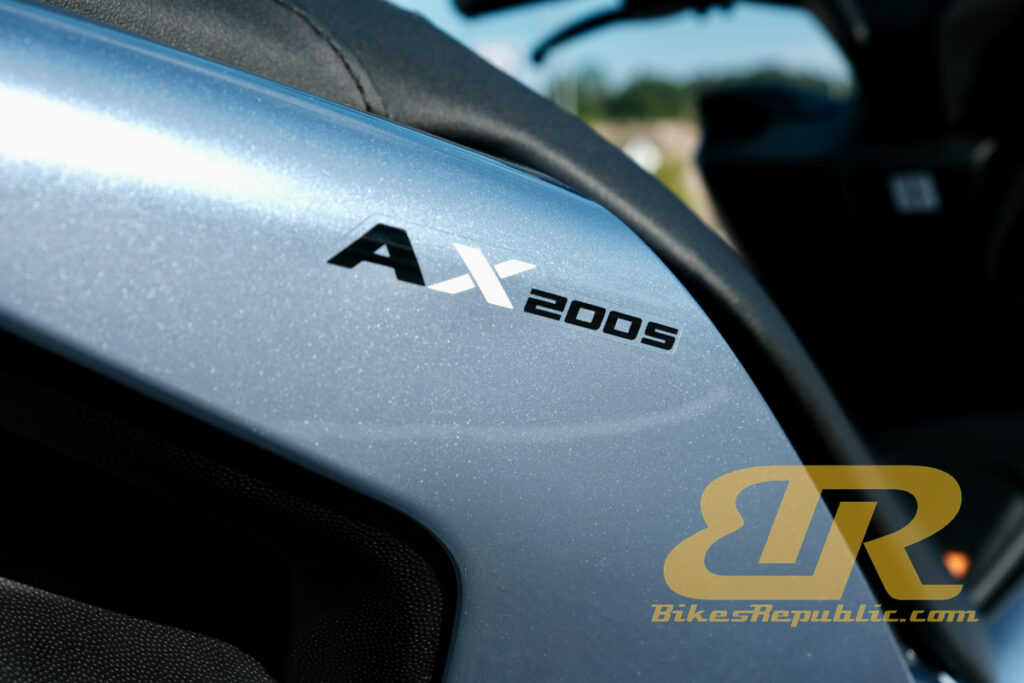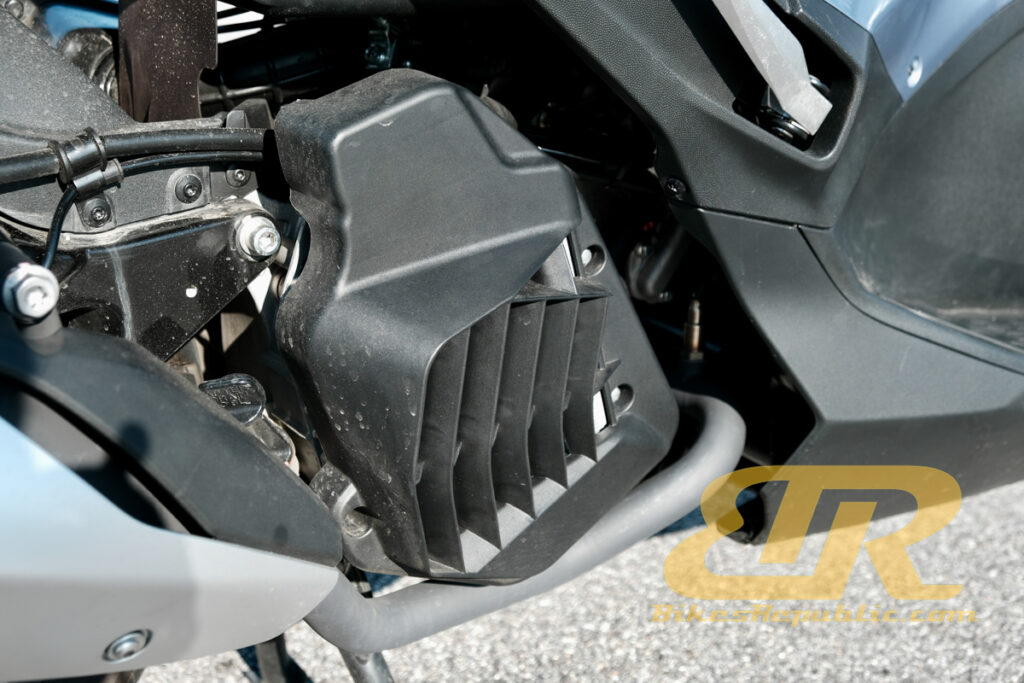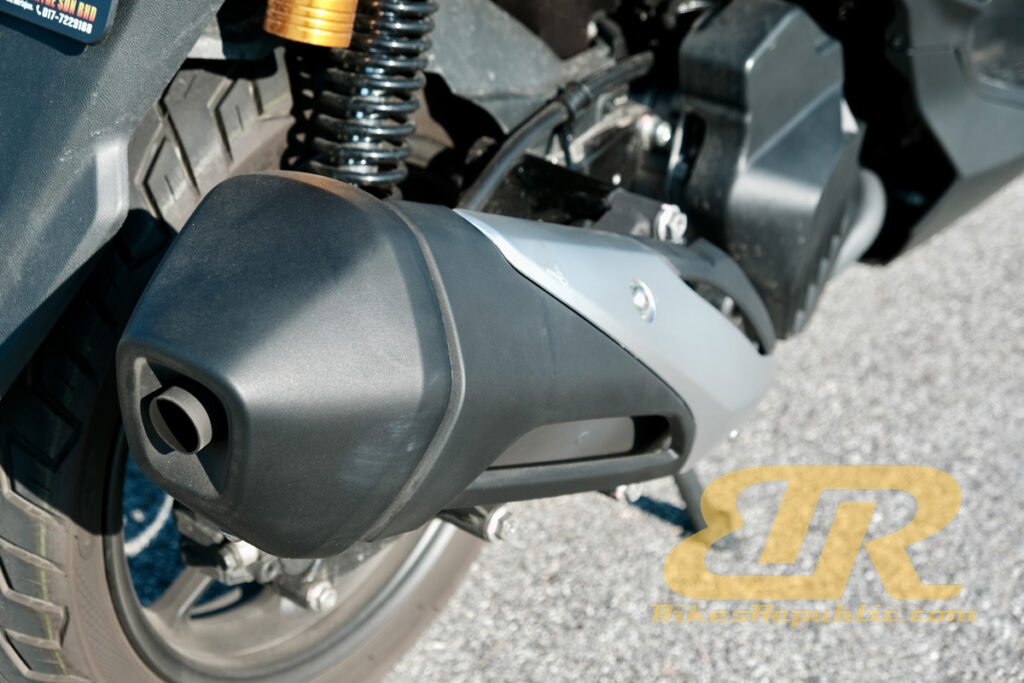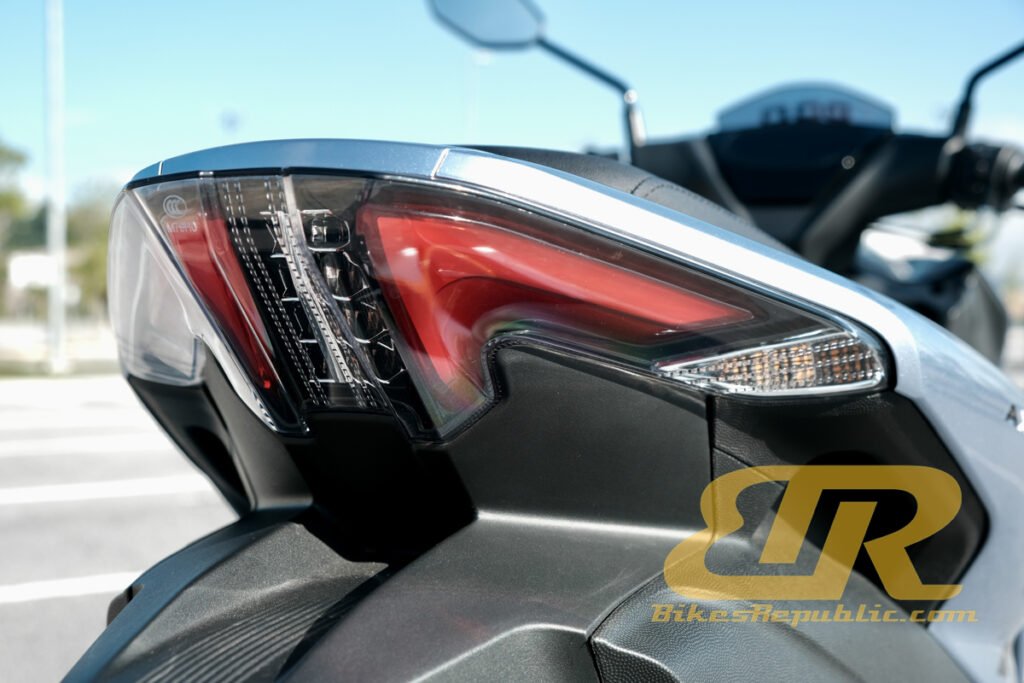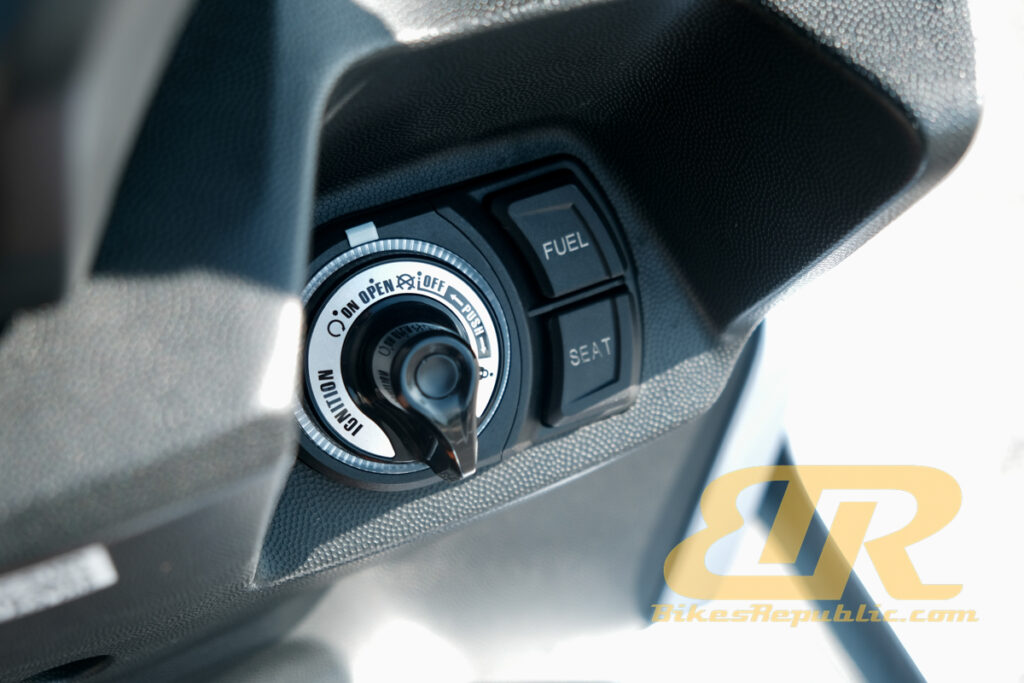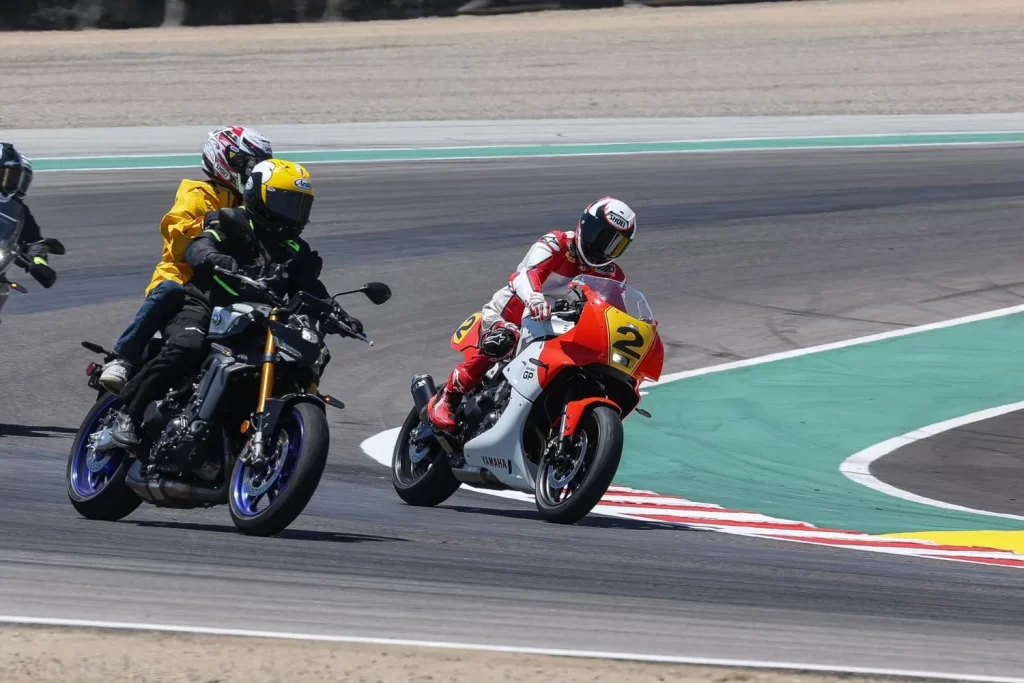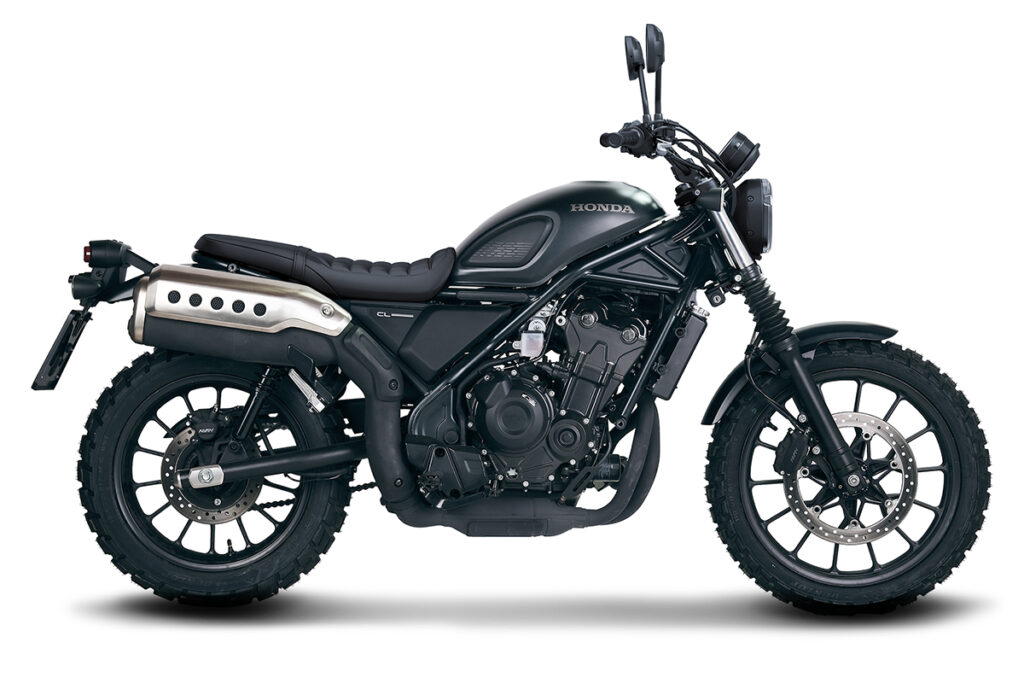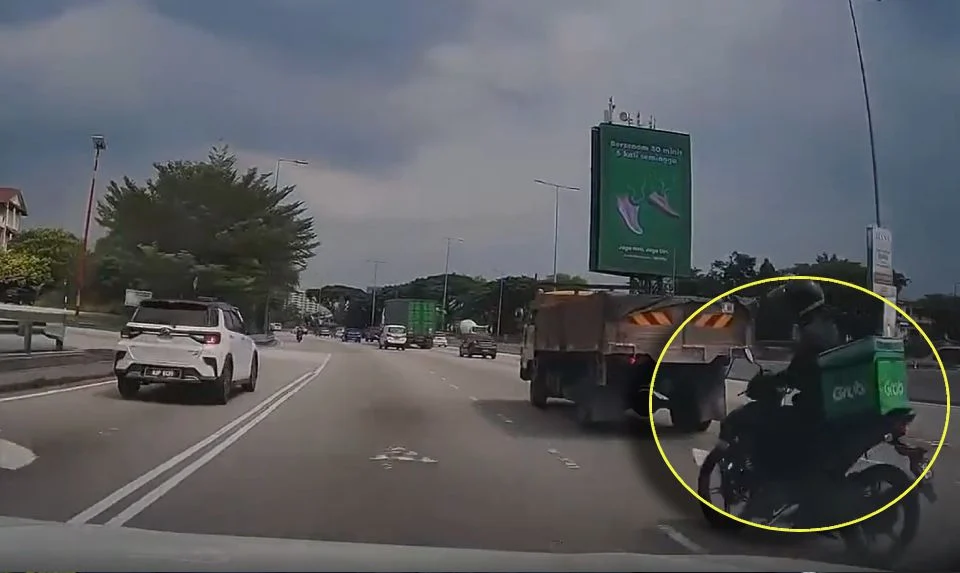Open-class naked bikes. It is about aggressiveness, style, and performance. In other words, pure motorcycling. Granted, we are lucky to have many open class (1000cc) naked bikes in Malaysia, but the Japanese offerings seem to play the second fiddle to their European rivals in the minds of consumers. So, will this 2025 Honda CB1000 SP bring about a shift in this perception?
What is the 2025 Honda CB1000 SP?
Firstly, the CB1000 is also known as the Hornet 1000 in European markets, and therefore, we need to elaborate further.
The CB1000 range consists Honda’s open-class naked/roadster motorcycles, and it has two current models, namely this CB1000 and the CB1000R. A CB1000F prototype was also revealed at the Tokyo Motorcycle Show this March and may be launched at the Suzuka 8 Hours Endurance Race in August.
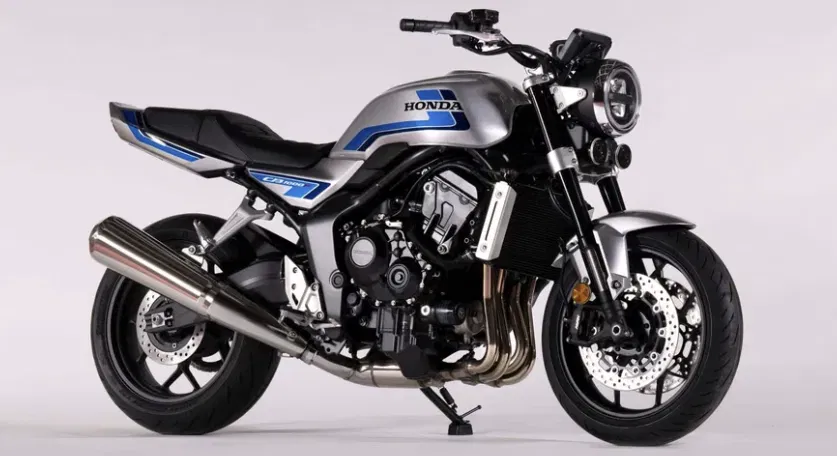
CB1000R: Honda calls it a Neo Café streetfighter, with a single-sided swingarm.
CB1000F: The upcoming variant is an homage to the CB750F/CB900F that Freddie Spencer campaigned in the AMA Superbike Championship in the late 70s and early 80s.
CB1000/CB1000 SP/Hornet 1000: A sporty streetfighter, with a conventional double-side swingarm. The SP version features several goodies.
All three variants share the same 1000cc, inline-four engine adopted from the 2017 Honda CBR1000RR Fireblade, albeit tuned for low to mid-range torque, plus the tubular steel frame.

To understand the CB1000’s philosophy further, the Hornet name is hallowed to Honda. The maker launched the first CB600F Hornet in 1998 for the European market. It was powered by the 599cc, inline-line four engine adopted from the CBR600F (and later CBR600RR) sportbike, and minus the higher-end components. Hence, The Hornet was more accessible, practical, and cheaper, becoming the most popular 600c motorcycle in the UK and Europe.
Coming back to the CB1000/Hornet 1000, it embodies the spirit of accessible performance, practicality, at a budget friendly price, wrapped up in a sharp, aggressive bodywork thereby distinguishing its character compared to its brethren.

Highlights of the 2025 Honda CB1000 SP
- 1000cc, liquid-cooled, 16-valve DOHC inline-four delivers 155 hp (115.6kW) at 11,000rpm and 107Nm of torque at 9,000rpm.
- The gain of 5.4 hp (4kW) and 2 Nm is achieved through the addition of a Revolutionary Controlled (RC) valve in the 7.1L exhaust muffler, compared to the non-SP version.
- Fueling is managed via PGM-FI (Programmed Fuel Injection), supported by a 17L fuel tank.

- Multi-plate assist & slipper wet clutch, and 6-speed transmission.
- Adjustable quickshifter enables clutchless up/down shifts.
- Twin LED projectors and a muscular-style tank.

- Twin-spar steel frame.
- Fully-adjustable 41mm Showa SFF-BP forks.
- Fully-adjustable Öhlins TTX36 rear shock with Pro-Link.

- Brembo Stylema front brake calipers and 310mm floating discs.
- 5″ TFT display with Honda RoadSync supports calls, music, nav, and notifications via Bluetooth.
- Emergency Stop Signal (ESS) system flashes hazard lights during sudden braking for added safety.

- Three default ride modes (SPORT, STANDARD, RAIN) plus two customisable USER modes.
- USER1 and USER2 modes allow the rider to tailor Adjustable Power and Engine Braking.
- Four-level Honda Selectable Torque Control (HSTC) and Wheelie Control boost traction and stability across conditions.
- 211 kg curb weight.

Riding the 2025 Honda CB1000 SP
Pre-Ride
Our first impression of the new CB1000, engine rumbling at idle with its heat washing over us got our pulse pumping. We have ridden the CB1000R several years ago but that did not have the same effect, for some reason… The new bike has sharper front end (which split opinion, yes), bulbous fuel tank, and sharp tail. The gold rims and forks offset the stealth fighter-like matte black bodywork, resulting in a luxurious look, like that of 70s racebikes and race cars.
Speaking about the front end, we have had comments that it is similar or even identical to the Kawasaki Z1000 and Ducati Streetfighter. What we could say is it looked so very different in the flesh.

We always begin our initial test rides with familiarising ourselves with the bikes’ conrols and settings, to avoid getting confused and distracted while riding.
The 5-inch TFT panel was the same as the one on the NSS250 scooter we just dropped off, and it was a welcome sight, given its sharp and vivid colour display. Every icon, number, and graph were easily discernible and digested. Toggling through the data and features was through “joystick” on the left handlebar. So, we paired our Bluetooth devices by adding another bike in the Honda RoadSync App, customised our display settings, set the riding mode, and quickshifter modes through the TFT screen.

The CB1000 not only use the same TFT screen, its software is also identical as the NSS250’s. We feel that this is a good thing because it makes it easy to configure all the Honda motorcycles in your garage. (In our wildest dreams, of course, judging by how much we make.)
First ride
Throwing a leg over the bike had us discovering its low seat height. Yes, it looked tall in pictures and in real life but we could place both feet on the ground securely. Honda listed the seat height at just 810mm, while most open-class naked motorcycles feature seat heights in the 830mm region.

Helping with that was the bike’s thin “waist” where the seat met the fuel tank. The profile at the front of the tank was wide, thinned down in the middle, then the passenger’s seat widened out again, giving the motorcycle the profile of a hornet when viewed from the top.
We started out in STANDARD ride mode and the bike made it vividly clear to us that it was tuned for aggression. Slipping out the clutch in first gear and opening the throttle slightly was enough to have the bike roaring down the road. It was enjoyable to blow away absolutely everyone else when taking off from the traffic lights, along with the exhaust that was surprisingly loud for a stock unit.

Daily riding
As much as we loved that low and mid-RPM torque, which made it feel a lot more like a triple rather than a traditional inline-four, it was apparent that the engine was very eager to go. Trying to split lanes at low speeds and in STANDARD mode had the bike lunging forward as soon as the throttle was cracked open, while rolling off ever so slightly resulted in strong engine braking.
We tried to lower engine braking further in the USER1 and USER2 modes to no avail. In the end, we resorted to using the clutch a lot more.

We soon discovered that the best mode to navigate through heavy traffic was RAIN. Switching to this mode had the engine calm down aurally, and the throttle response and engine braking became very smooth.
But do not get us wrong, the CB1000 was still a huge pleasure to ride and ride quickly in urban surroundings, given that we have so many highway on and off ramps!

The Mountain
The “Mountain” is our regular test route as it offers everything the Malaysian road system could muster: Fast sweepers on the highway, tight and bumpy corners on the way up and down.
We switched to SPORT mode before leaving the BHP Gombak petrol station. The engine sounded like it was burning rocket fuel now – louder, rawer, more visceral – even before we got moving.

Pulling out of the station’s forecourt and onto the highway had our arms stretched straight as the engine gave a mighty kick, so much so that the handlebar became light and started to waggle. We were grateful that the HSTC package included Wheelie Control and could hear the engine dragging a little like the clutch being slipped. Otherwise, we would probably be pulling a crossed up wheelie.
Also thankfully, the bike’s suspension and chassis are up to the task, despite looking basic. On the highway, the bike’s sharp steering had it hitting every point we pointed it without hesitation or drama. We could change our line through corners despite being leaned way over without the chassis and tyres tying itself up in knots. Bumps on the highway felt non-existent. The only difficulty was trying to hang on due to the wind blast at elevated speeds.

Up the mountain road, we charged into corners regardless of radius or camber and let the engine’s torque carry us out to the next one. However, the suspension, especially the rear shock felt stiffer when faced with the bigger bumps and potholes. Three clicks off the TTX36’s rebound damping solved it. From here on, no bump could upset our chosen cornering line.
The brakes were also awesome. They provided amazing stopping power along with a superb feel at the lever. When push came to shove, we used that feedback to trail brake into corners which surprised several supersport riders.

Adding to the visceral feel of the bike was the RC exhaust valve which beings to open at 5,700 RPM. Riding the bike below that point, we hear the growling exhaust note. From 5,700 RPM and above, the exhaust note became a howl which stood the hairs on the back of neck up.
However, do keep in mind that 5,700 RPM in sixth gear had the bike running at over 130 km/h…

It suddenly dawned upon us about how easily we could contradict (read: fool) ourselves. This tester had said to himself that riding a slower bike or scooter was relaxing, and questioned who needs a powerful bike, only to giggle in his helmet like a schoolgirl when the Honda CB1000 SP blew everyone away. When they said power corrupts, it really does.
Conclusion
The 2025 Honda CB1000 SP reminded us that a powerful, but controllable motorcycle was always fun to ride. It is this kind of motorcycle that makes you want to go out and just ride. And ride. Repeat.

Of course, it was not perfect due to the abrupt throttle response in some riding modes but we overcame that in the first few minutes riding the bike. But it was this kind of character that imbues the bike with the two distinct personalities of a (sassy) pussycat and a tiger, depending on your preference and mood.
Also, upshifting with the quickshifter was not as smooth in the first three gear despite us playing around with different RPMs, modes, and settings. But so what? We still shift gears manually on every motorcycle (not scooters, of course!) anyway.

At just RM69,999 (RRP, not on-the-road), Boon Siew Honda had brought in another winner, and yes, it can rival the European bikes by offering great handling and accessibility.
Our final advice: Do not test ride the bike unless you are willing to suffer the adrenaline withdrawal like we did.
2025 Honda CB1000 SP Specifications
| Model |
CB1000 Hornet SP |
| ENGINE |
|
| Type |
1,000cc liquid-cooled, 27.6º inclined, inline-four, four-stroke |
| Valve Train |
DOHC; 4 valves per cylinder |
| Bore x Stroke |
76.0mm x 55.1mm |
| Compression Ratio |
11.7:1 |
| Induction |
PGM-FI fuel injection with 44mm throttle bodies (ride by wire throttle) |
| Ignition |
Full transisterized |
| Starter |
Electric |
| Transmission |
6-speed manual |
| Clutch |
Multiplate wet |
| Final Drive |
#525 Chain; 15T/45T |
| SUSPENSION |
|
| Front |
41mm Showa Separate Function Front Fork Big Piston (SFF-BP) with adjustable preload and compression/rebound damping; 5.1 in. travel |
| Rear |
Pro-link system with Öhlins TTX36 shock absorber, adjustable preload, compression, and rebound damping; 130mm travel |
| BRAKES |
|
| Front |
Dual Brembo Stylema radial-mount four-piston hydraulic calipers with 310mm floating discs; ABS |
| Rear |
Single Nissin one-piston hydraulic caliper with 240mm disc; ABS |
| TIRES |
|
| Front |
120/70-17 |
| Rear |
180/55-17 |
| MEASUREMENTS |
|
| Rake (Caster Angle) |
25º |
| Trail |
98 mm |
| Length |
2141.22 mm |
| Width |
792.48 mm |
| Height |
1087.12 mm |
| Ground Clearance |
134.62 mm |
| Seat Height |
810.26 mm |
| Wheelbase |
1455.42 mm |
| Fuel Capacity |
17 litres (incl. 3.78 litres reserve) |
| Curb Weight |
210.92 kg |
| OTHER |
|
| Colour |
Matte Black Metallic |
Photo gallery
